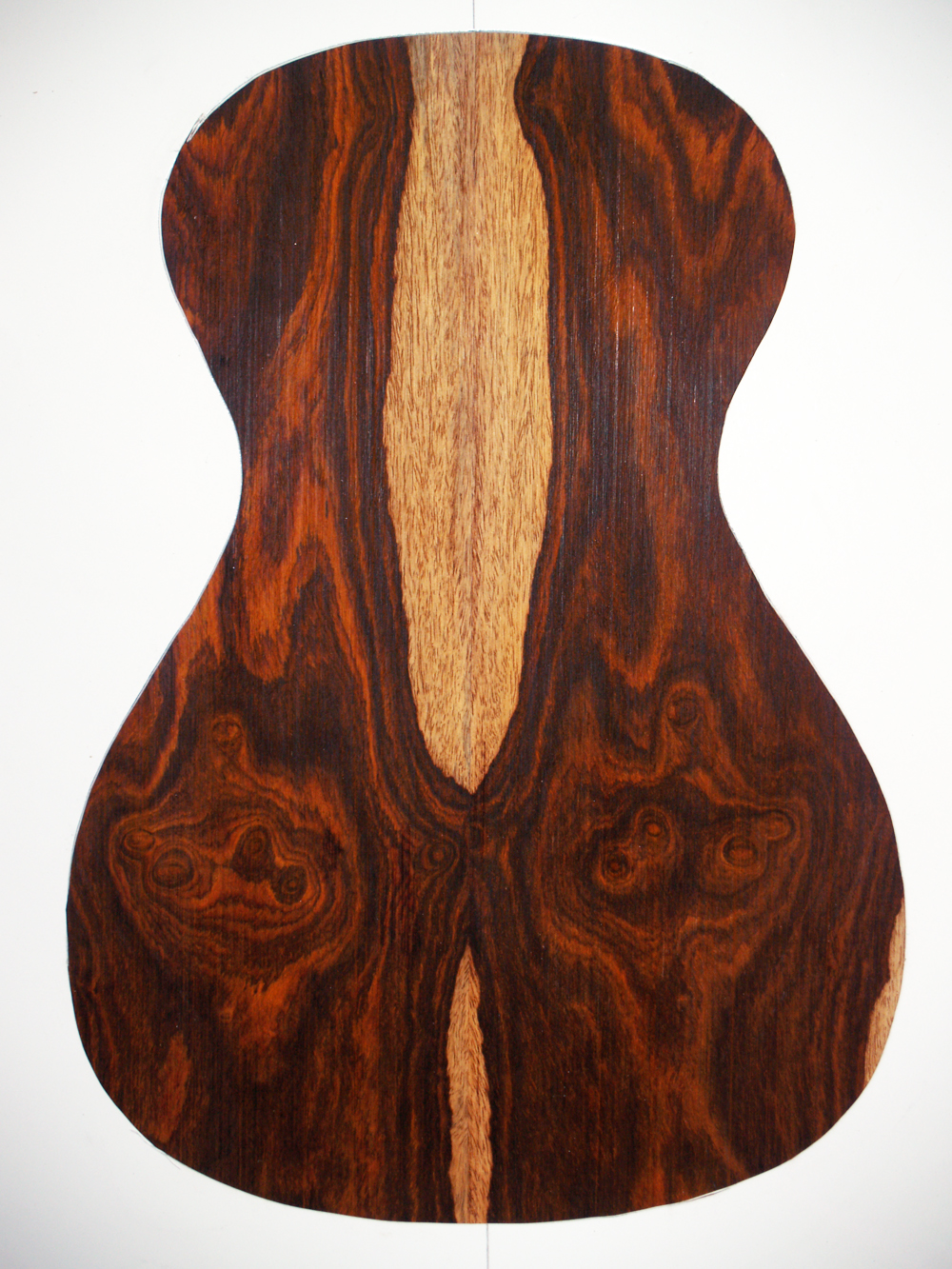 ( 1 )
( 1 )
Sets (1) and (2) have been the most popular arrangements among the people I have shown these pictures to. Sets (1) through (7) are traditional arrangements in that they are symmetrically book matched, that is, the line of symmetry is vertical and goes through the middle of the set.
Just to prime your thoughts a bit, the body of the ukulele looks somewhat similar to the shape of the human (female) body. In naming the various parts of the instrument we liberally borrow from human anatomy. E.g., The head, the body, the neck, the waist.
Sets (1) and (2) and to a lesser degree (3) and (4) particularly evoke the impression of looking at the back of a woman wearing a low cut opened back evening gown. Very elegant.
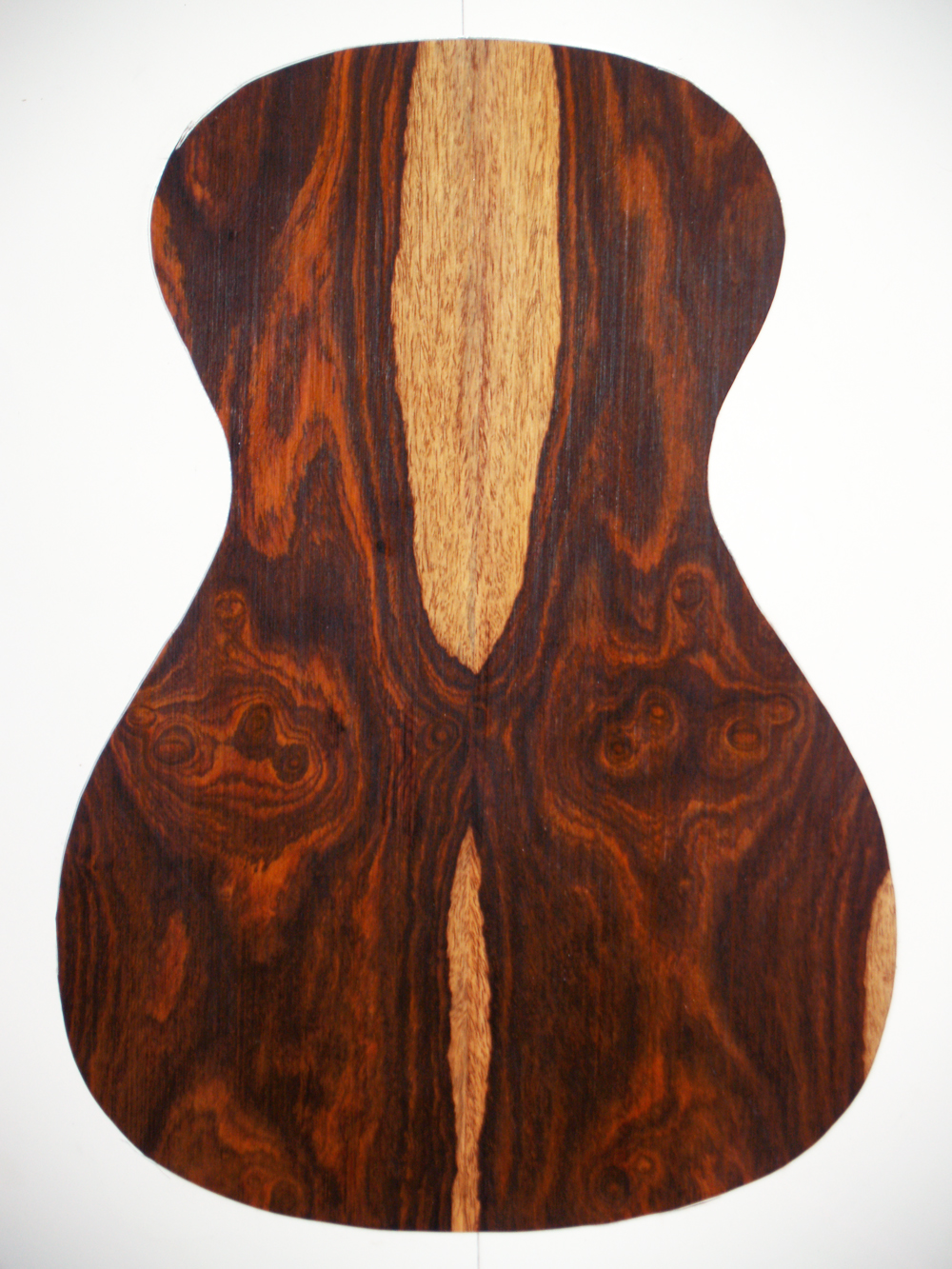 ( 2 )
( 2 )
Set (2) is my personal favorite, or perhaps set (30) if I am feeling unconventional.
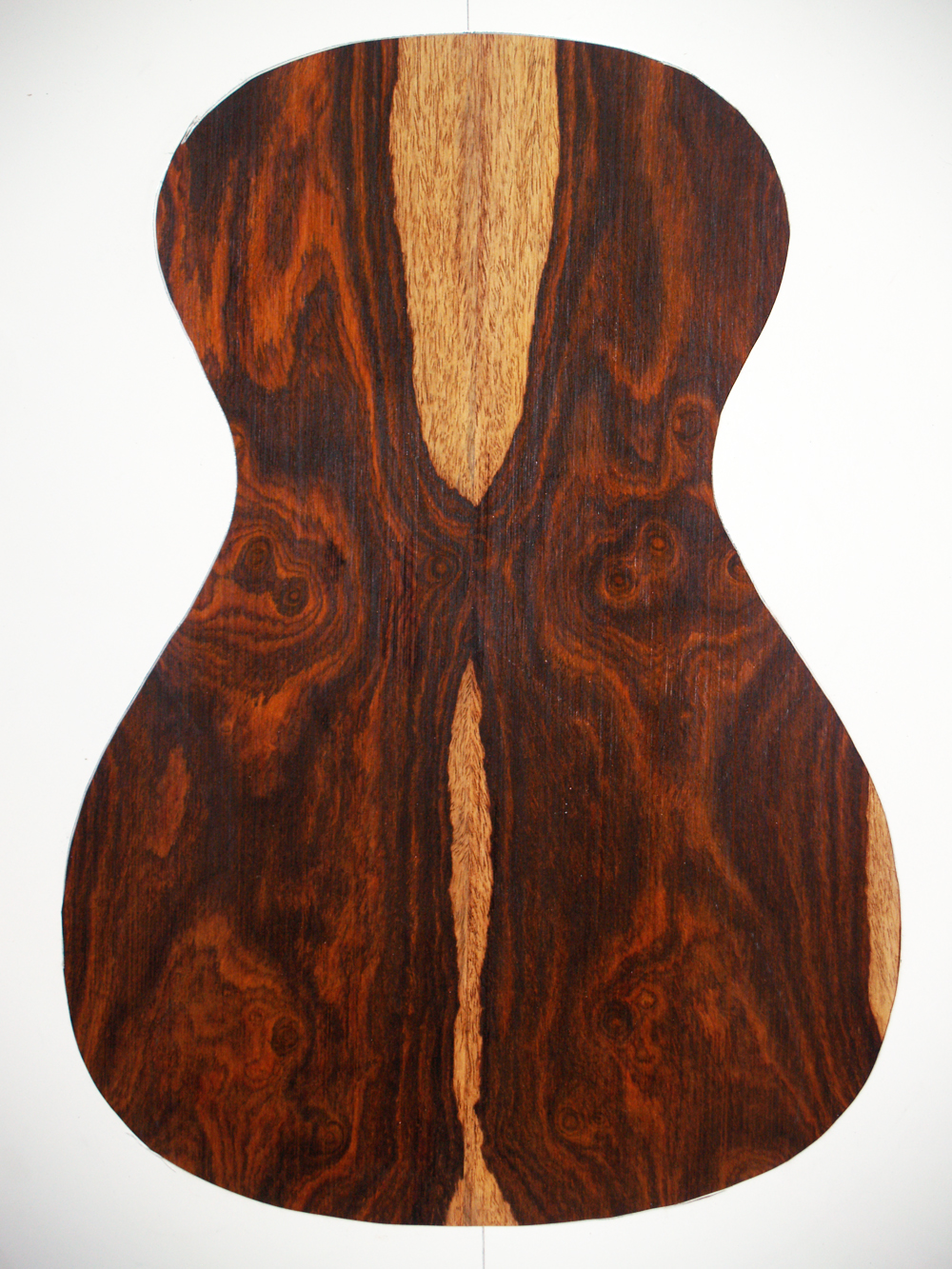 ( 3 )
( 3 )
The light colored portion of the wood is called sapwood, and the dark colored portion is called heartwood. Wikipedia has an article describing the anatomy of the wood. In short, the sapwood conducts the sap up and down the tree trunk, and the heartwood is to some degree dead.
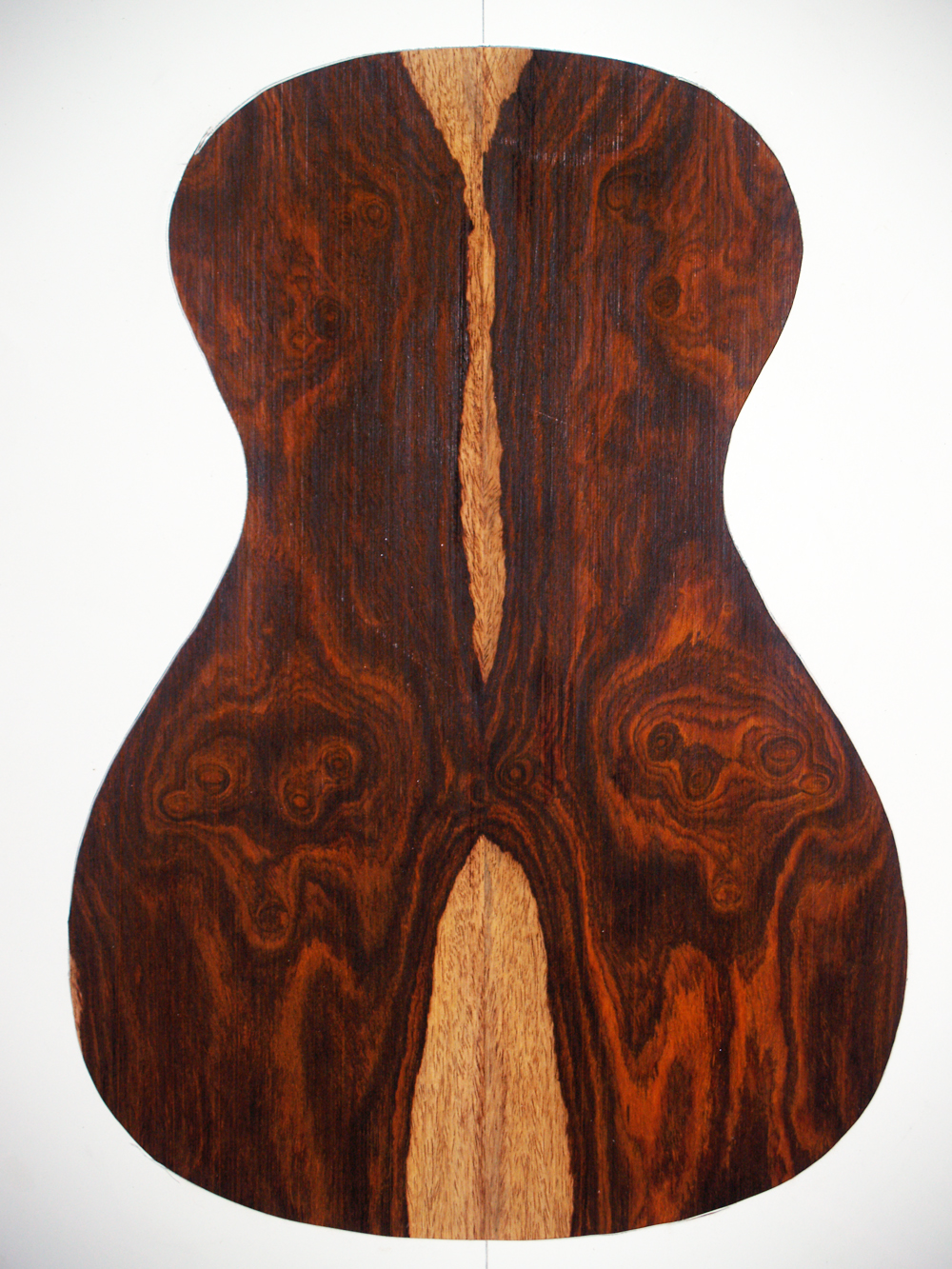 ( 5 )
( 5 )
In sets (5) through (7) the back has been turned upside down compared to (1) through (4).
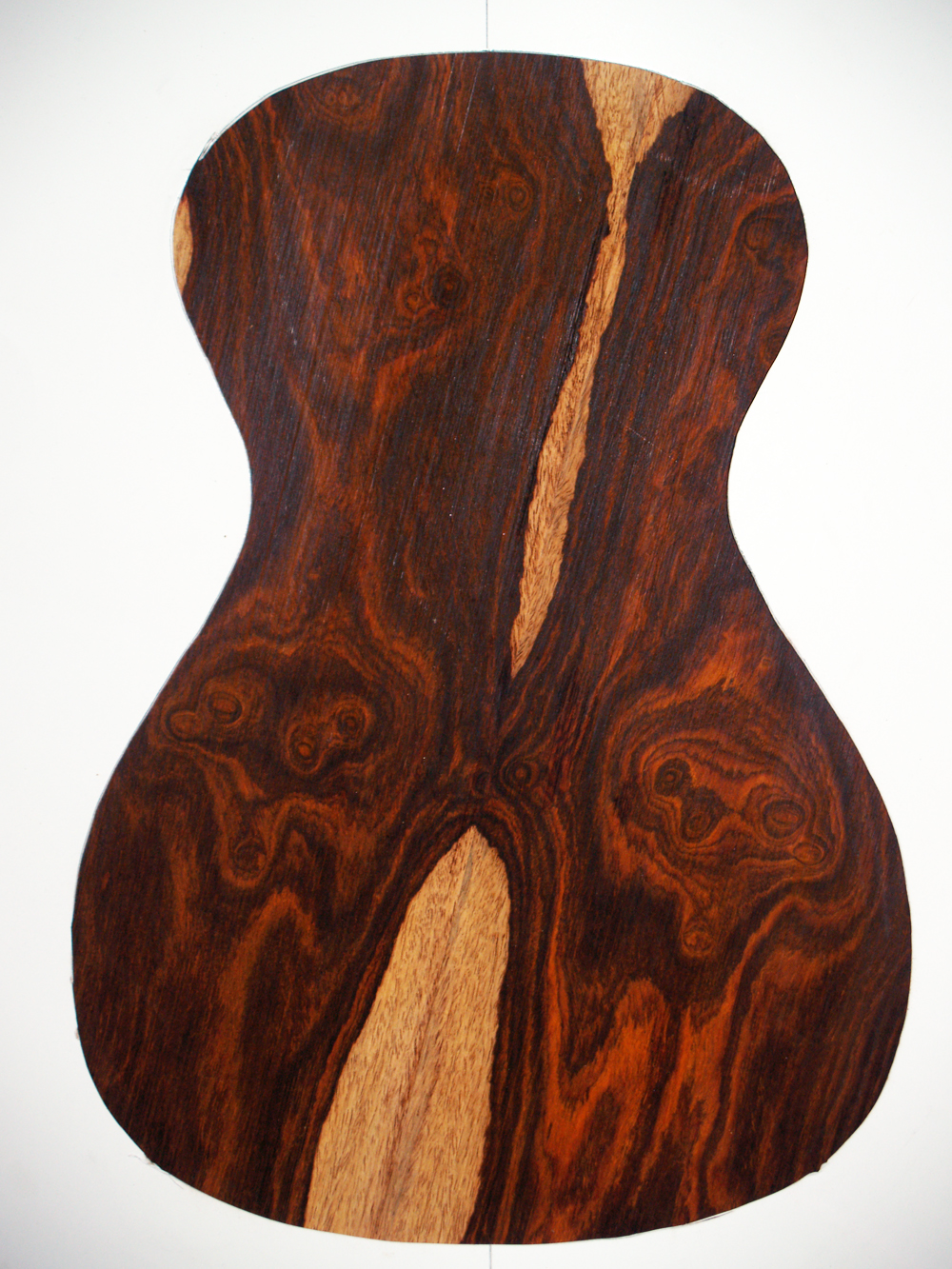 ( 8 )
( 8 )
The following arrangements require thinking a little bit outside of the sphere. The back pieces are still book matched, but now the line of symmetry is tilted right and left to varying degrees.
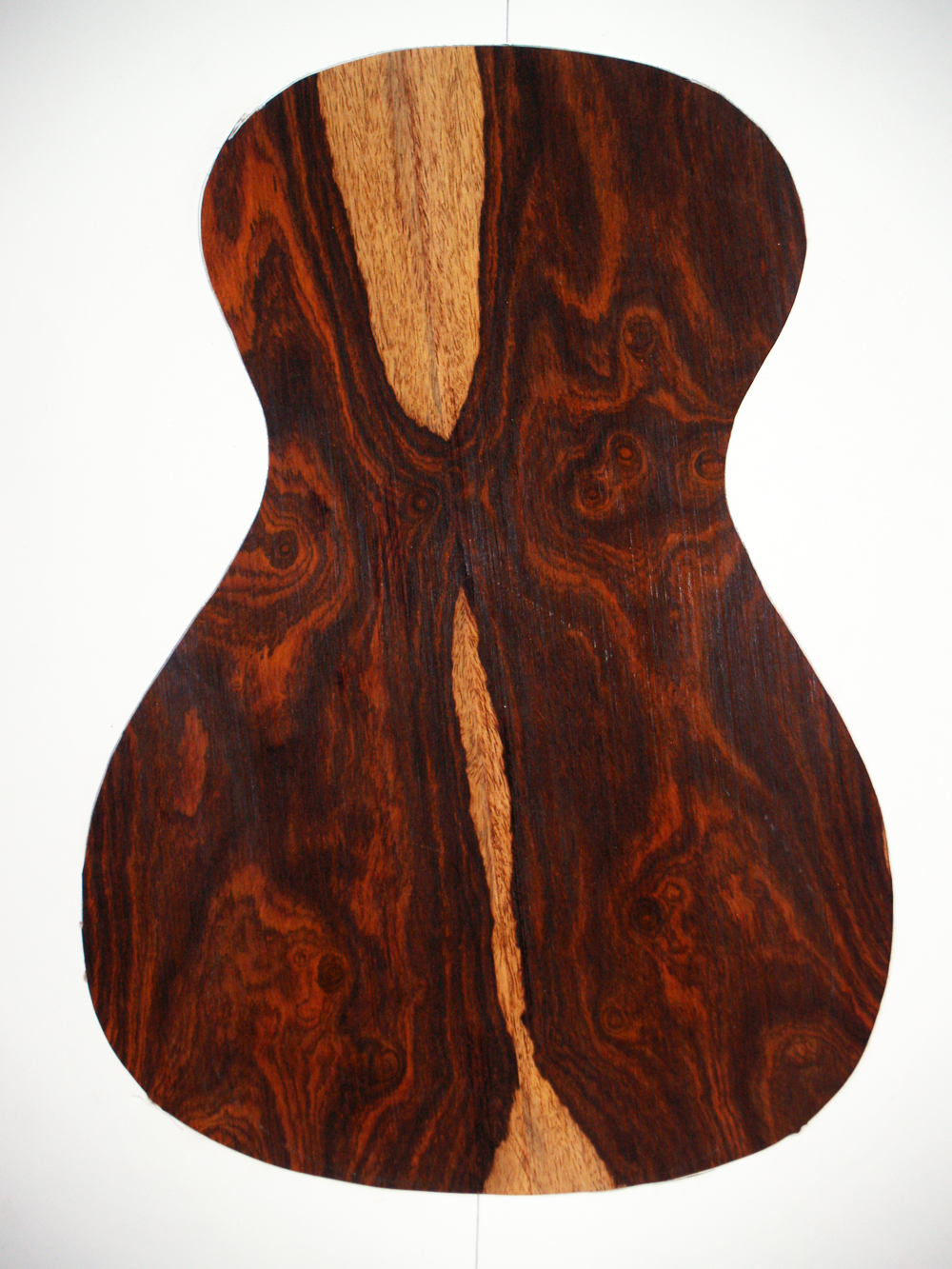 ( 21 )
( 21 )
To some degree, the tilted line of symmetry produces a feeling of motion, or action.
 ( 1 )
( 1 )  ( 2 )
( 2 )  ( 3 )
( 3 ) 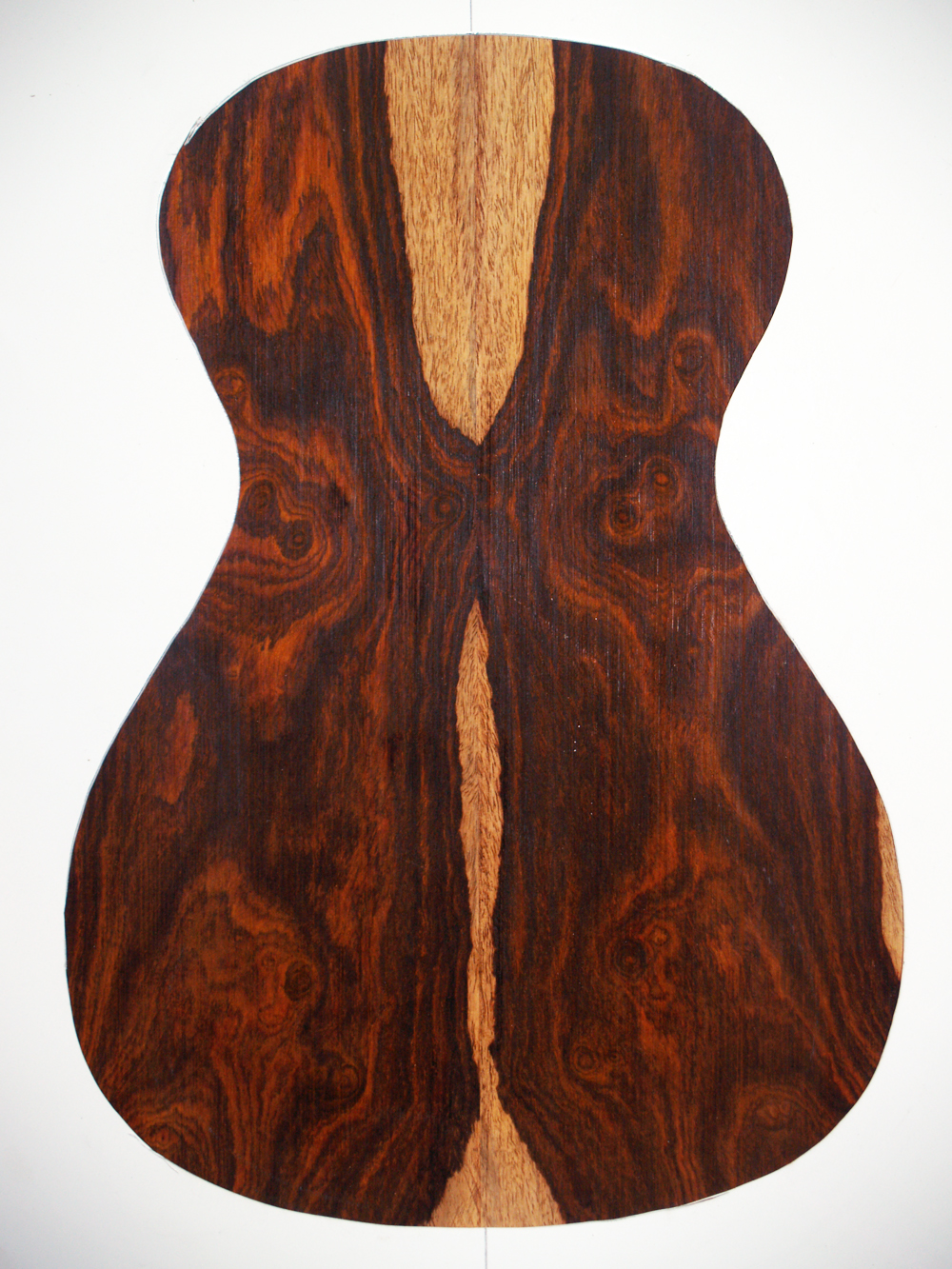 ( 4 )
( 4 )  ( 5 )
( 5 ) 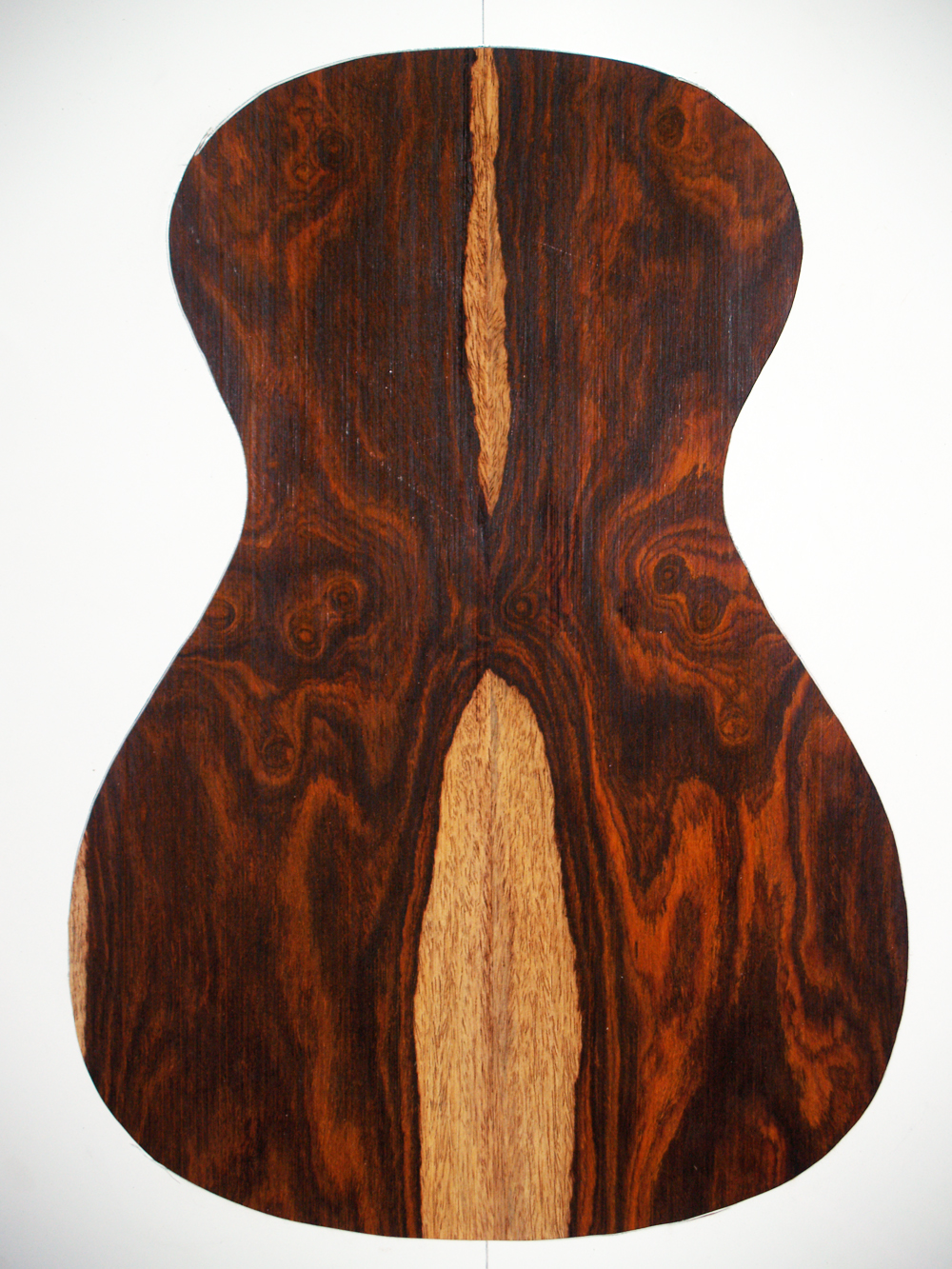 ( 6 )
( 6 ) 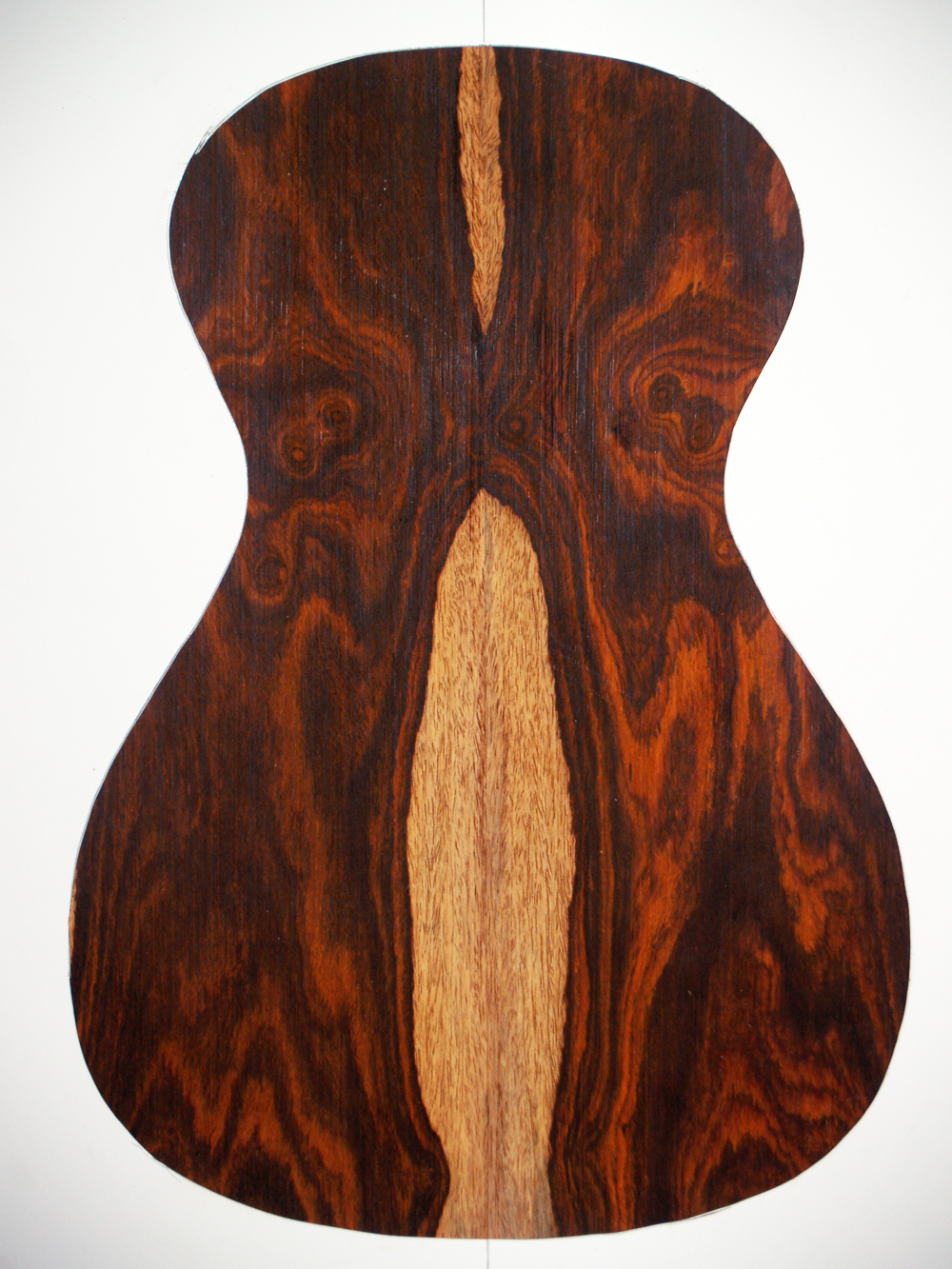 ( 7 )
( 7 )  ( 8 )
( 8 ) 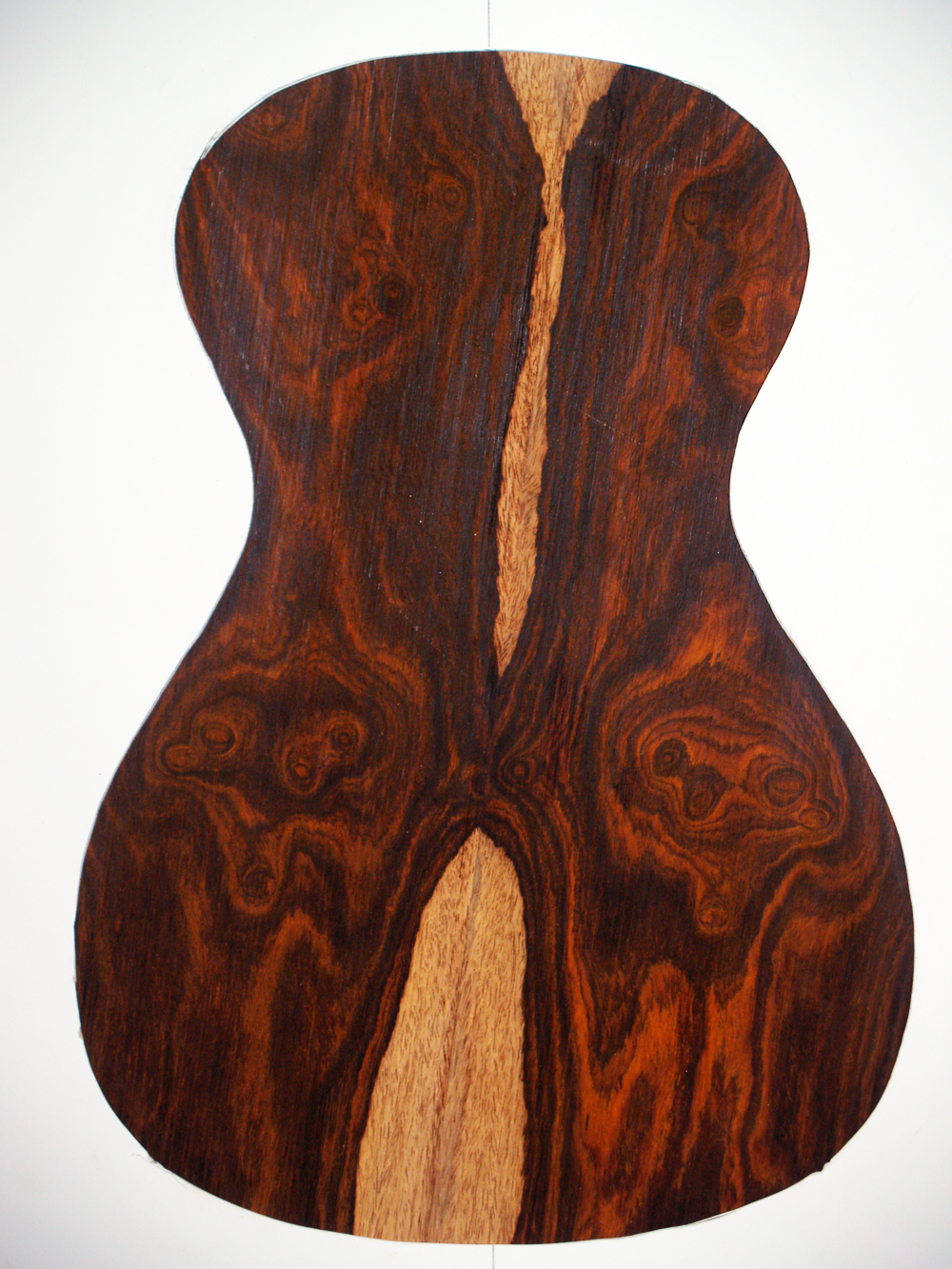 ( 9 )
( 9 ) 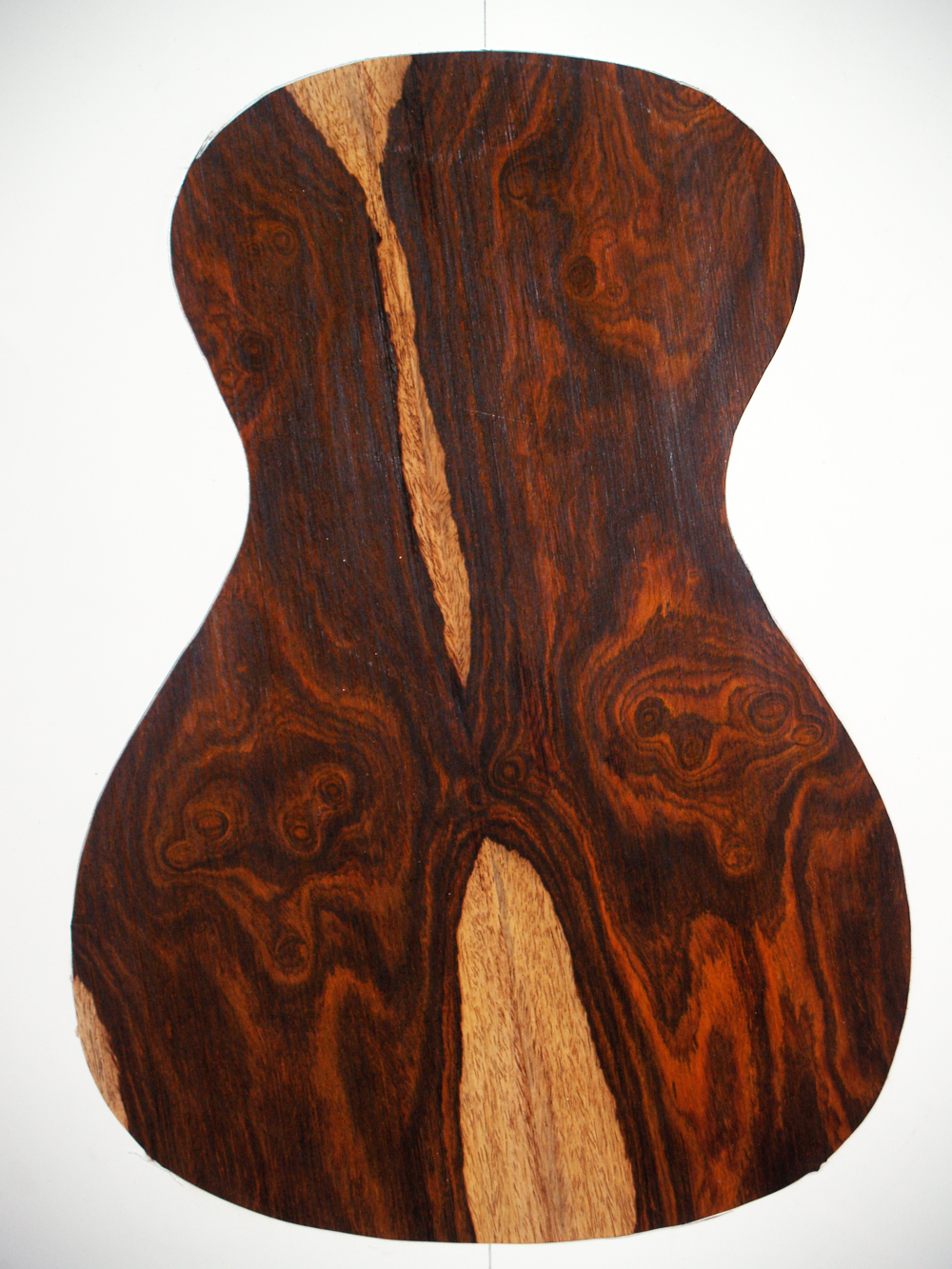 ( 10 )
( 10 ) 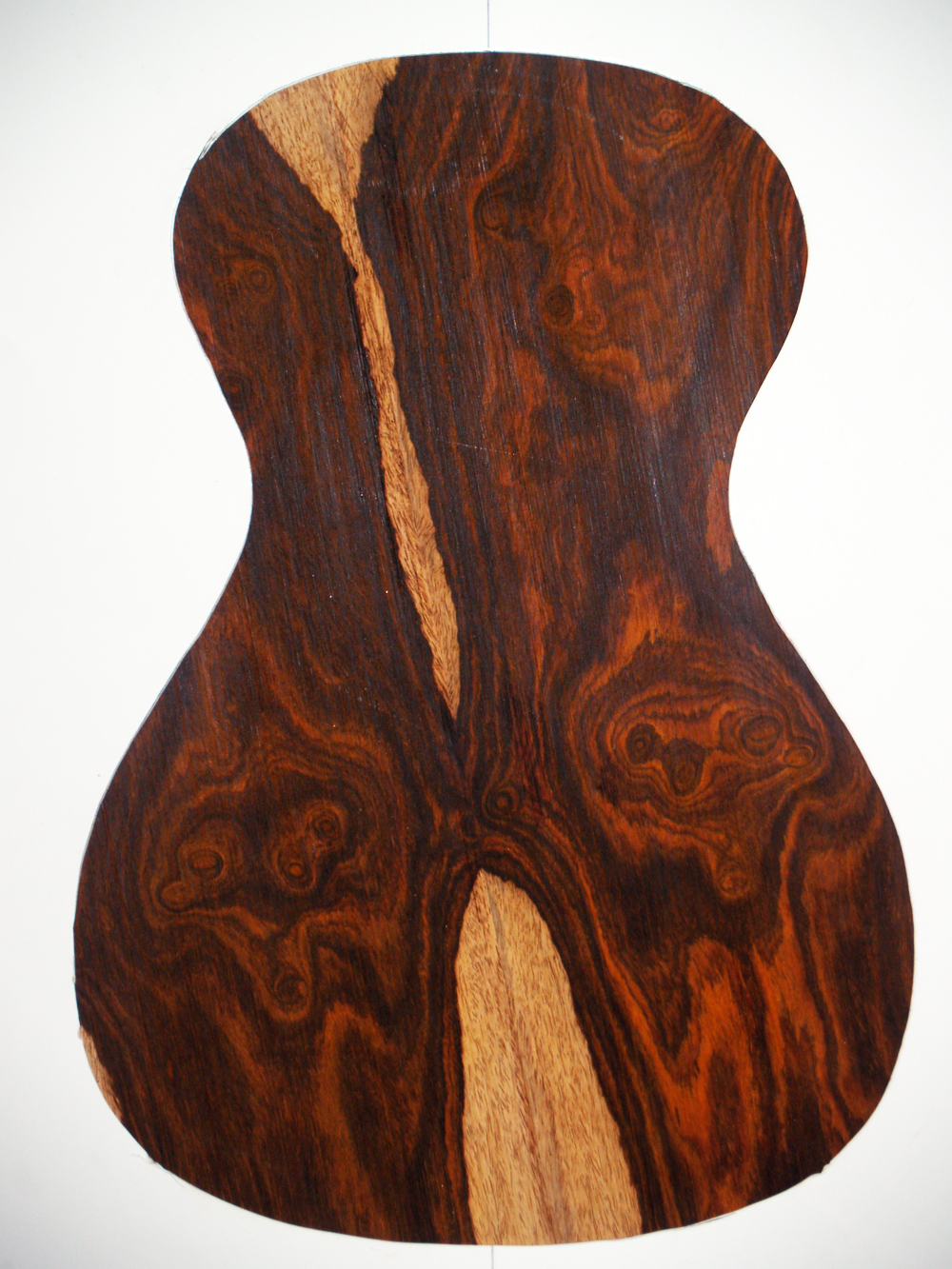 ( 11 )
( 11 ) 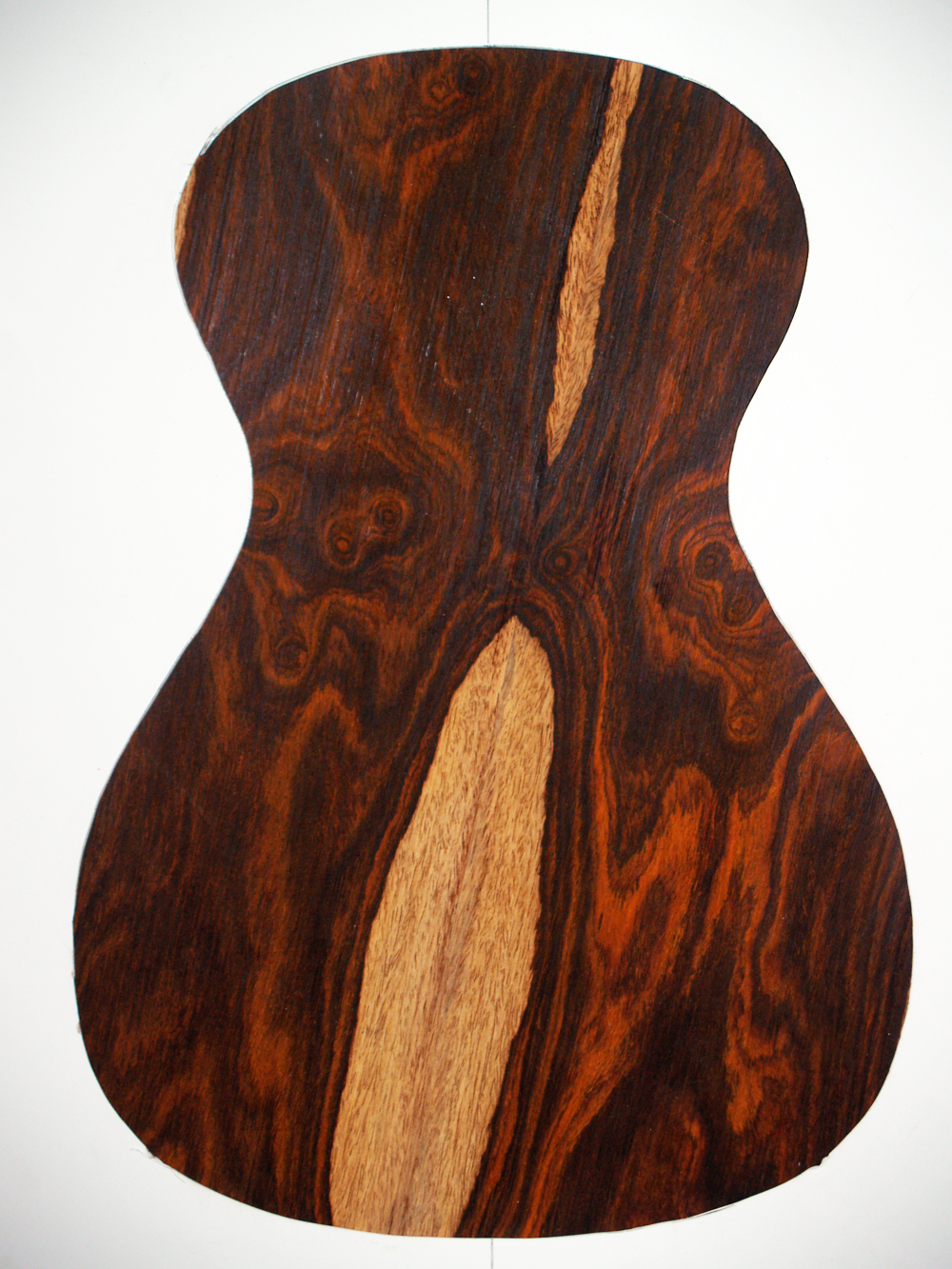 ( 12 )
( 12 ) 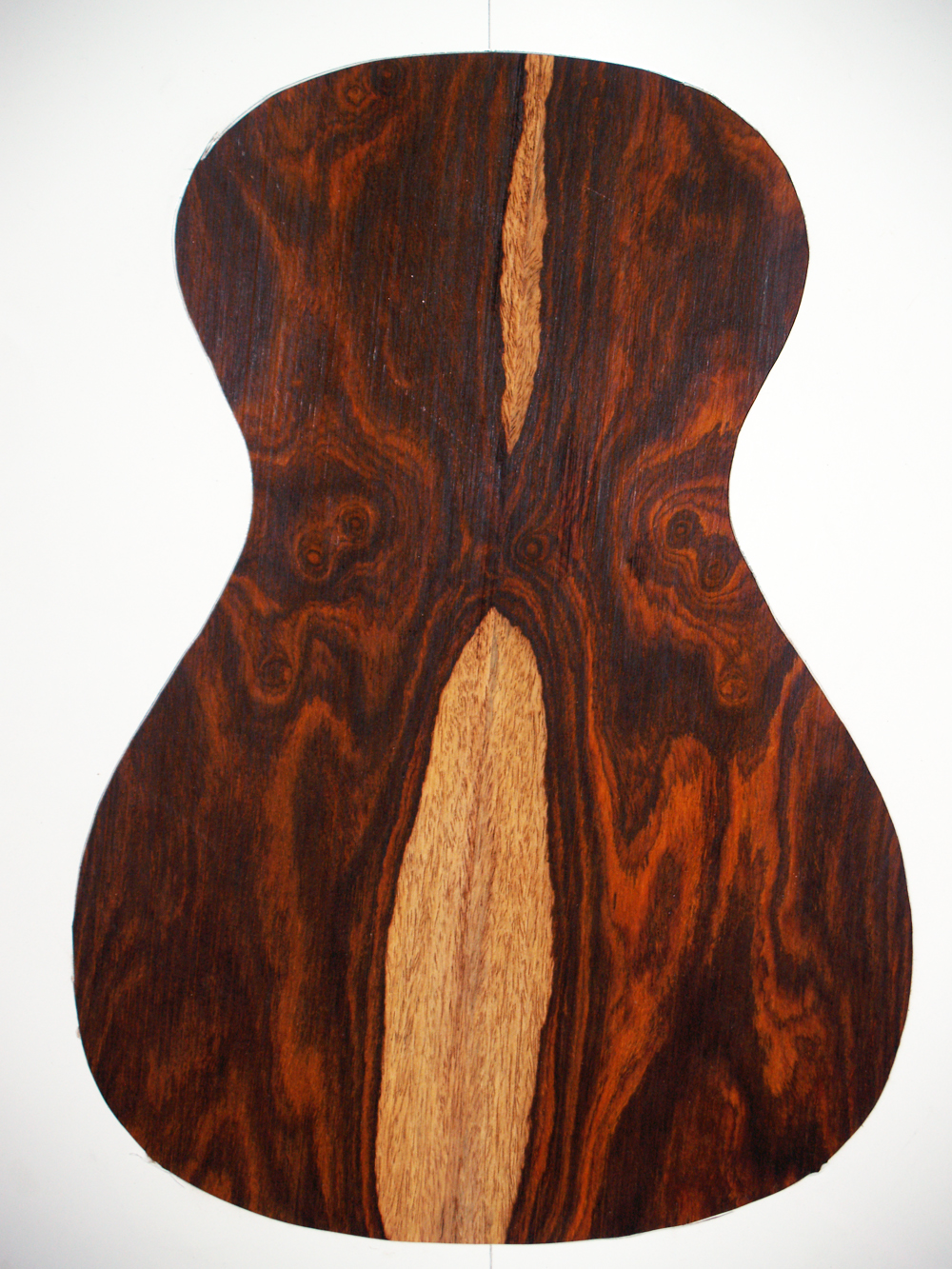 ( 13 )
( 13 ) 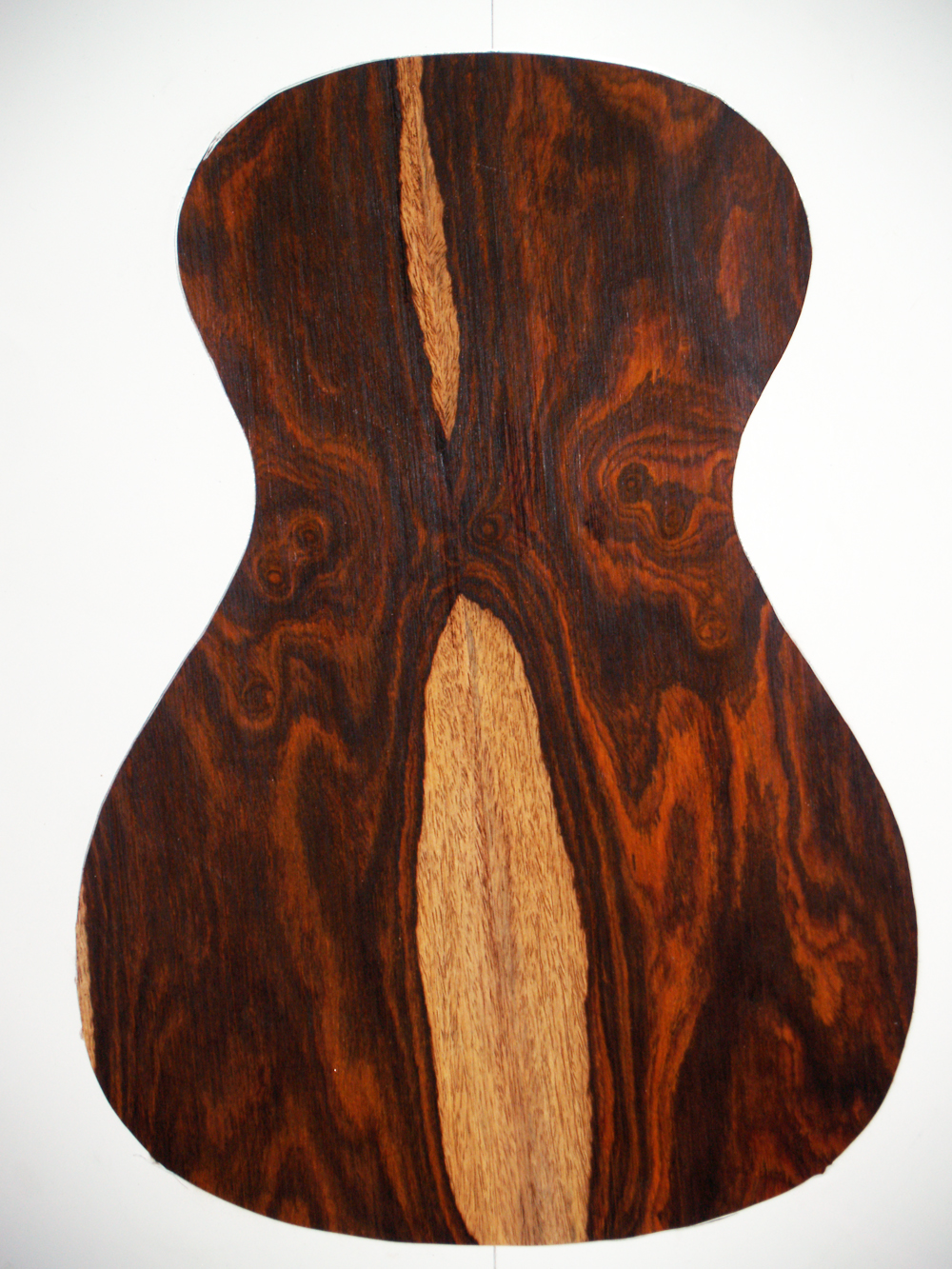 ( 14 )
( 14 )  ( 15 )
( 15 ) 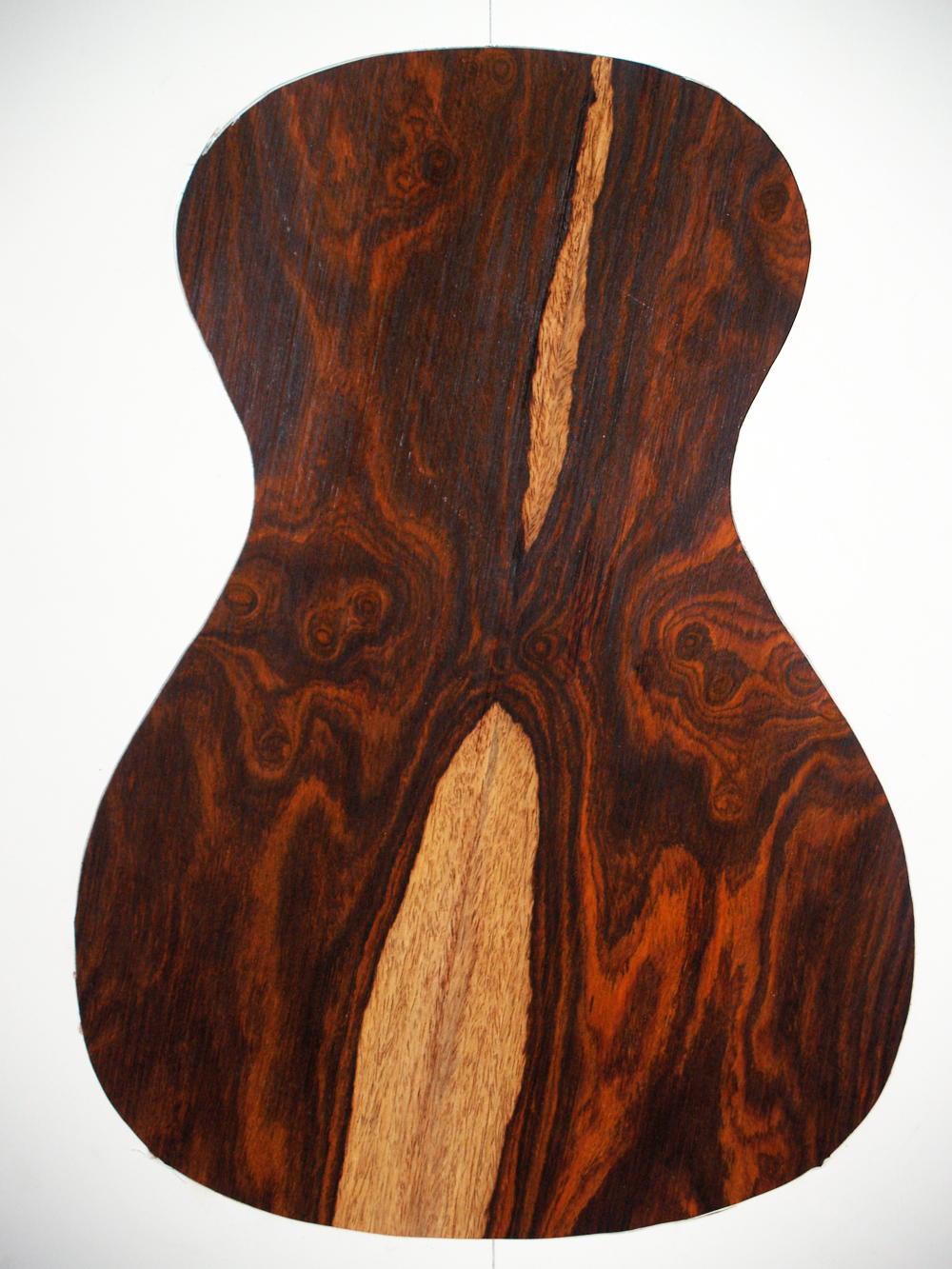 ( 16 )
( 16 ) 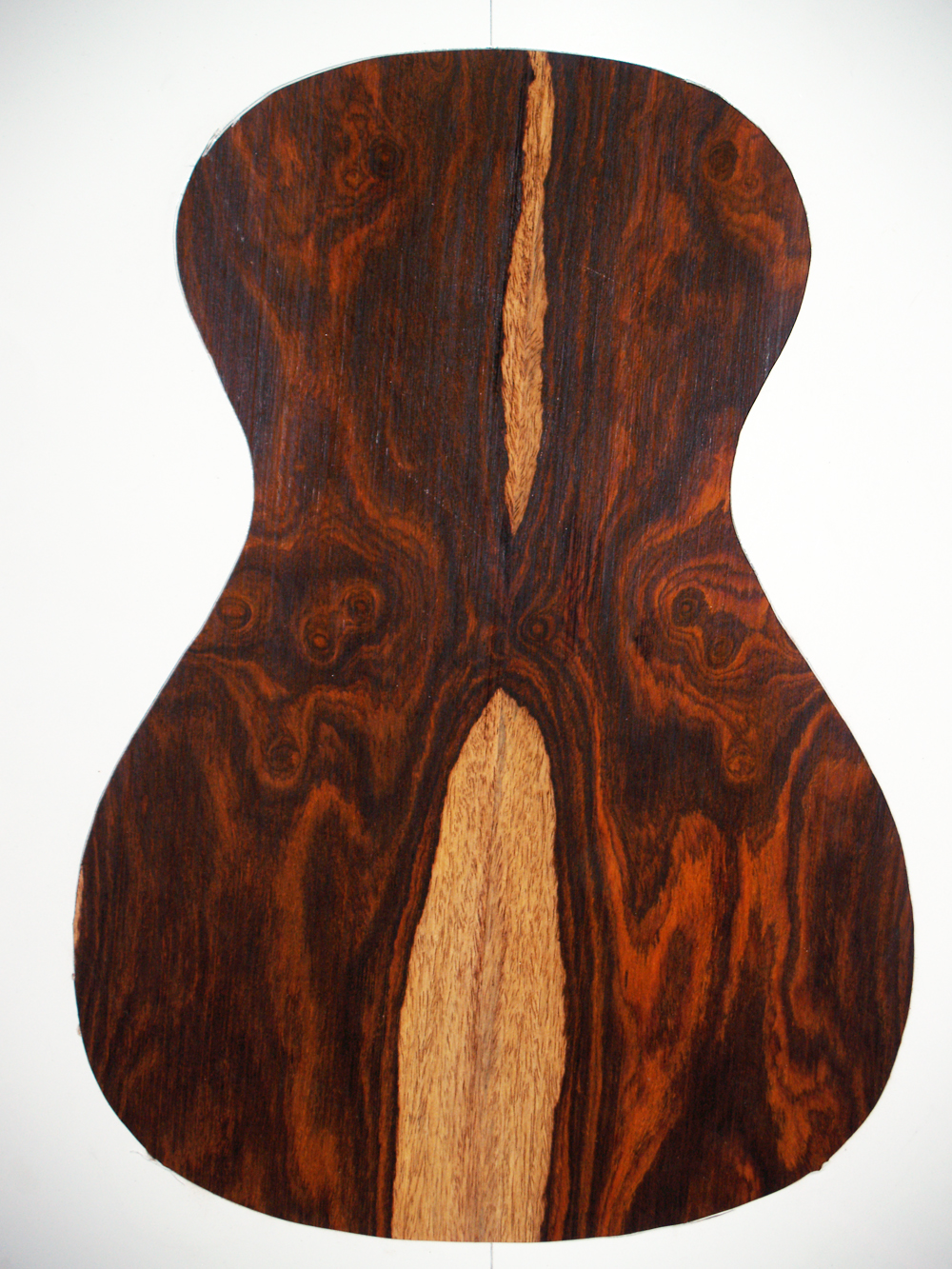 ( 17 )
( 17 ) 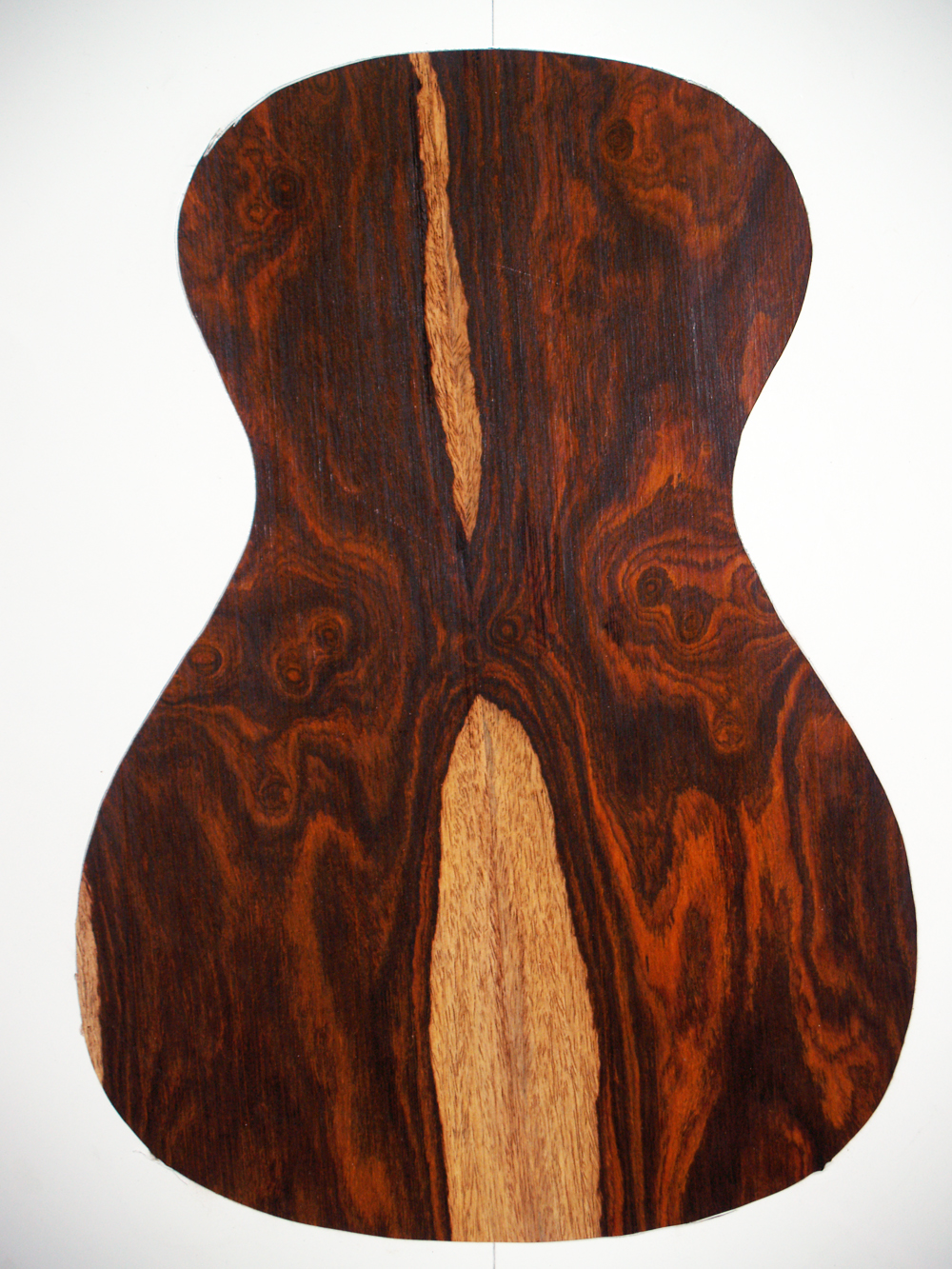 ( 18 )
( 18 ) 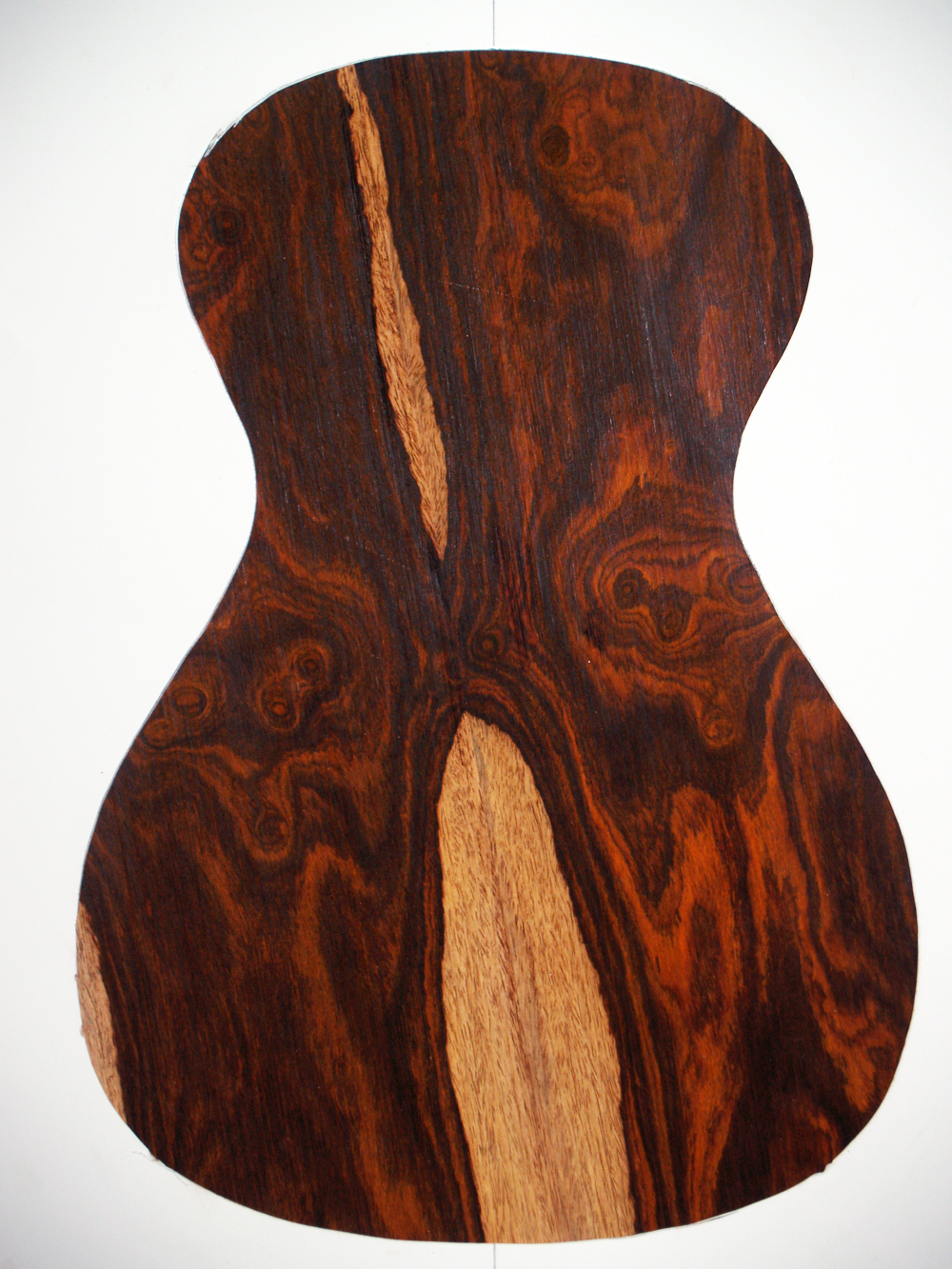 ( 19 )
( 19 ) 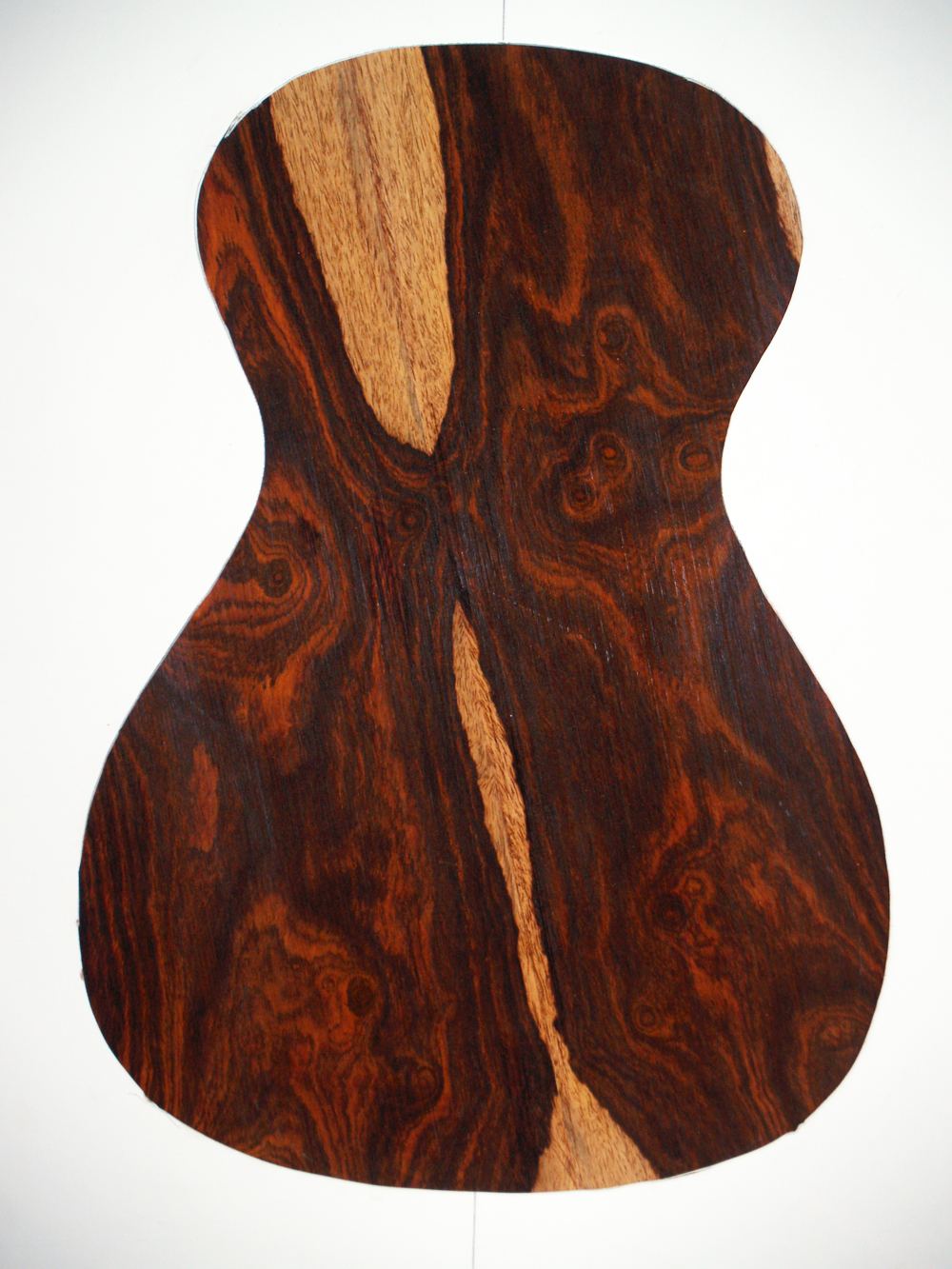 ( 20 )
( 20 )  ( 21 )
( 21 ) 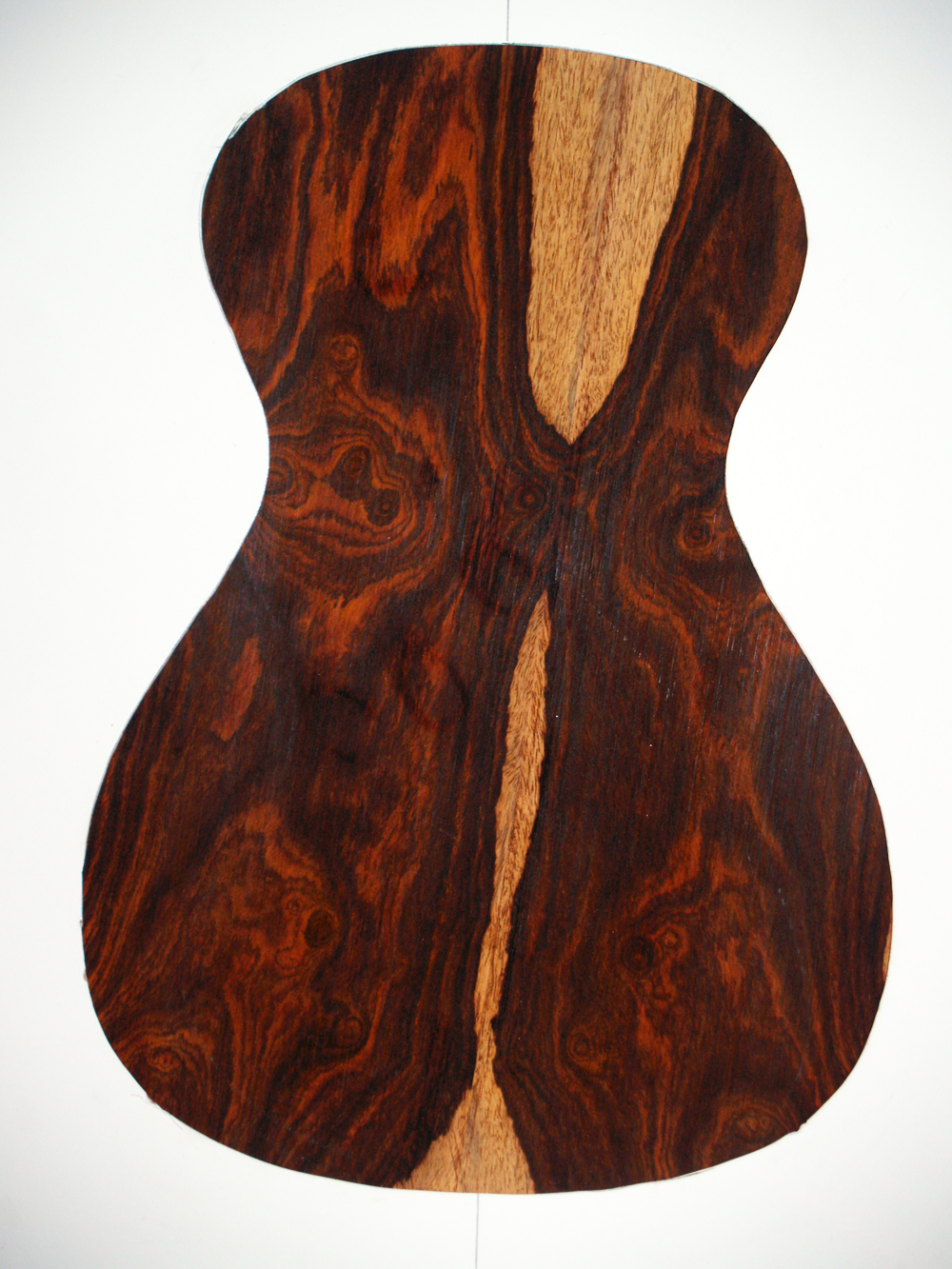 ( 22 )
( 22 ) 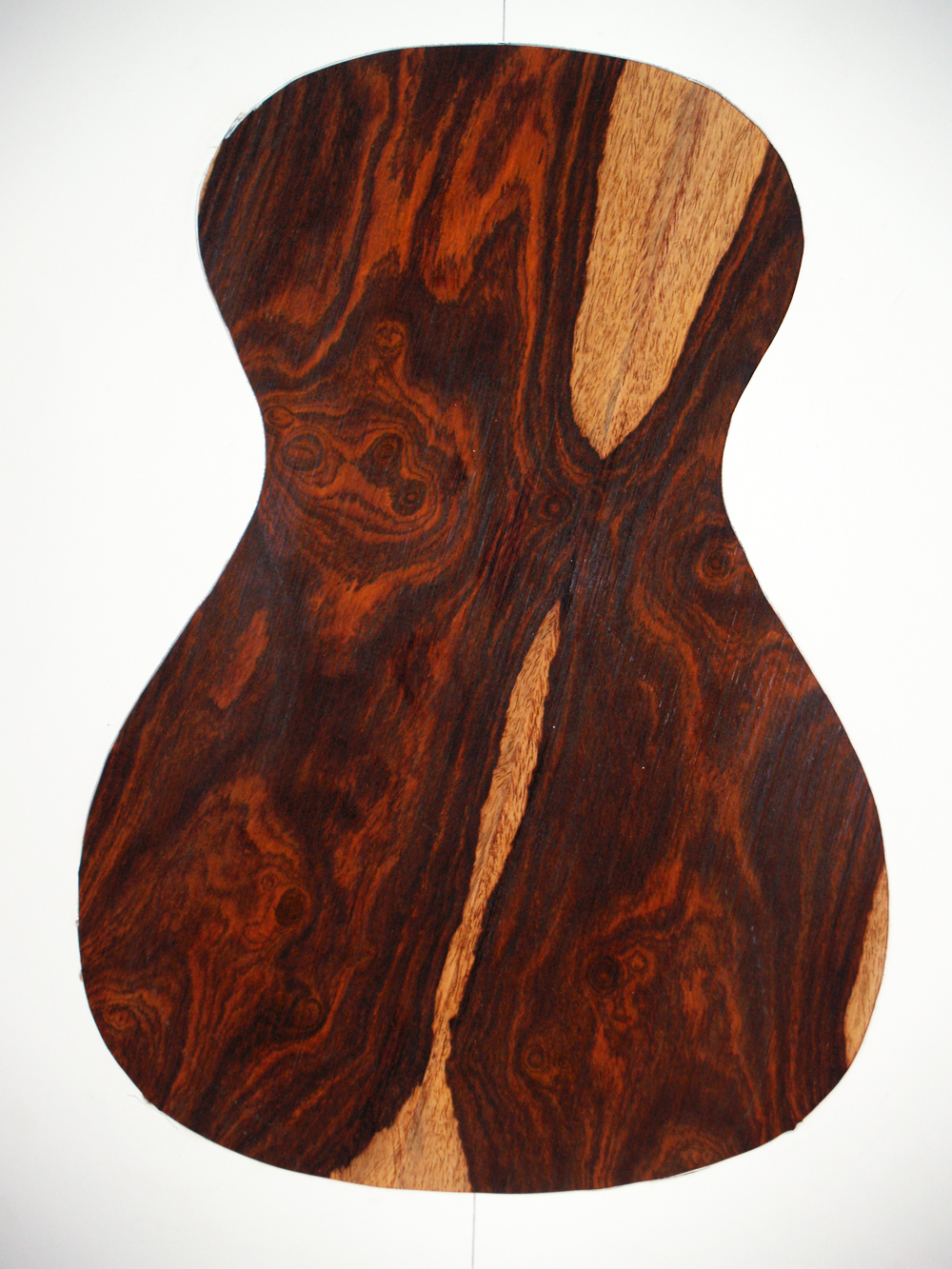 ( 23 )
( 23 ) 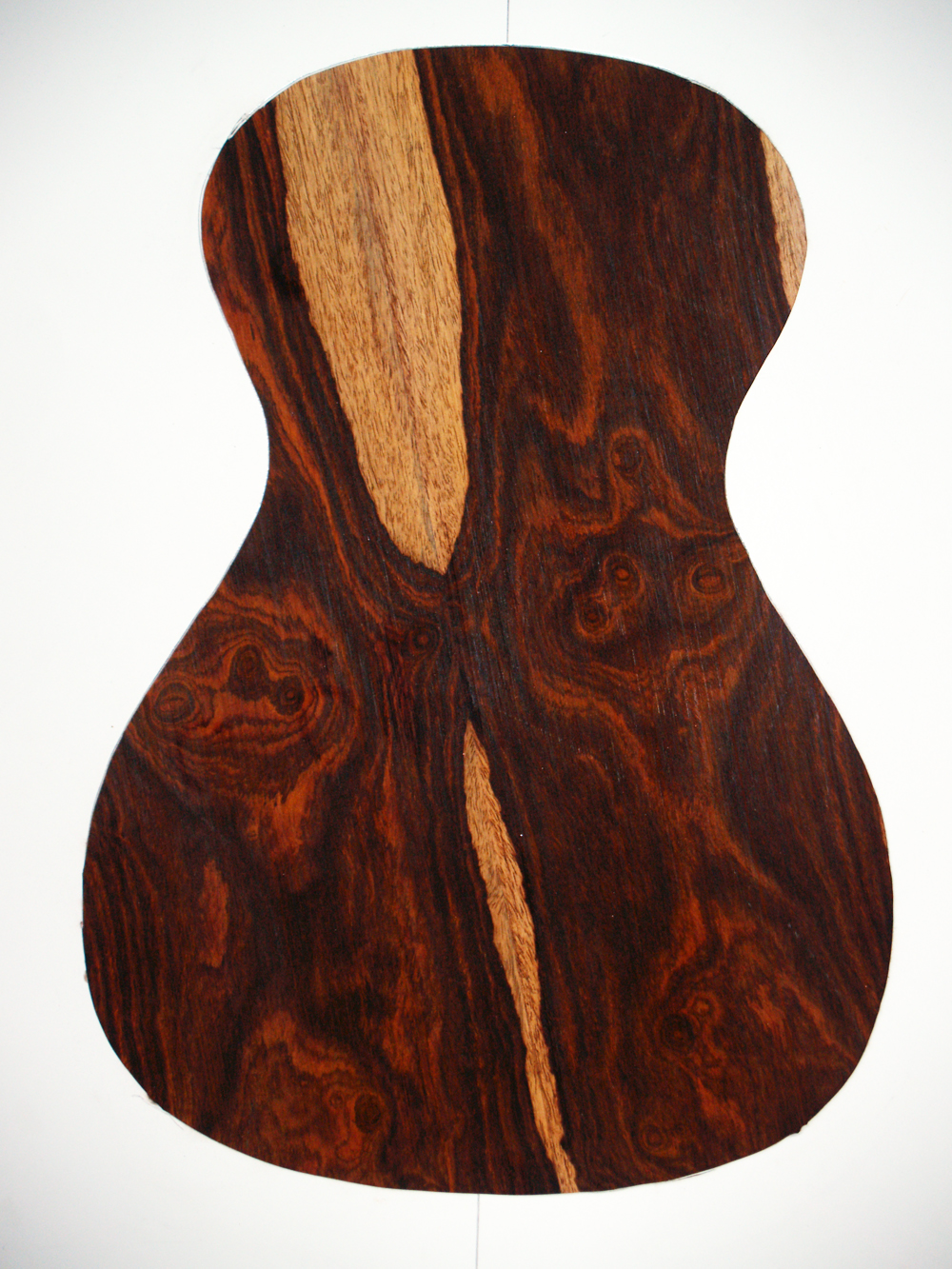 ( 24 )
( 24 ) 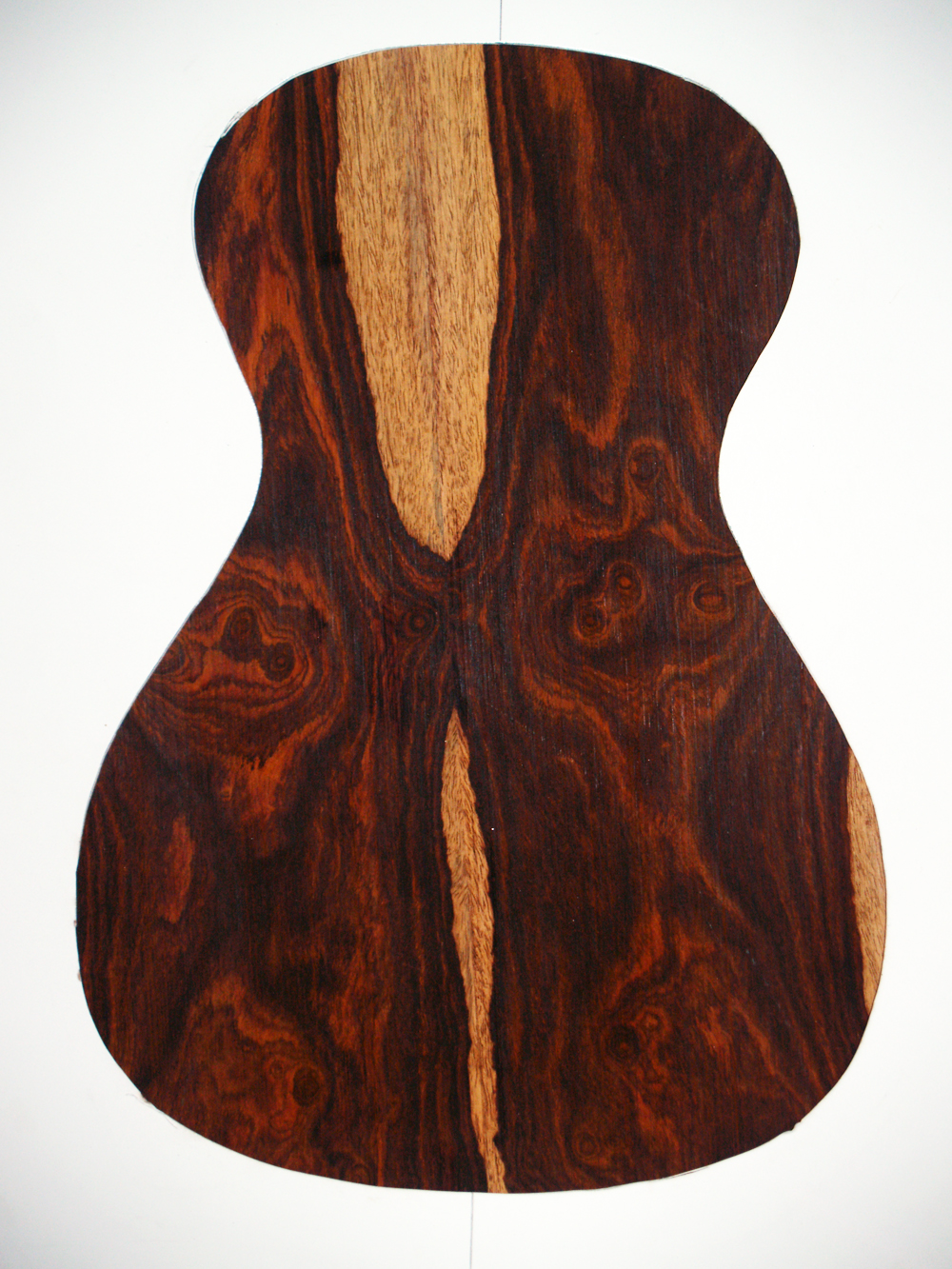 ( 25 )
( 25 ) 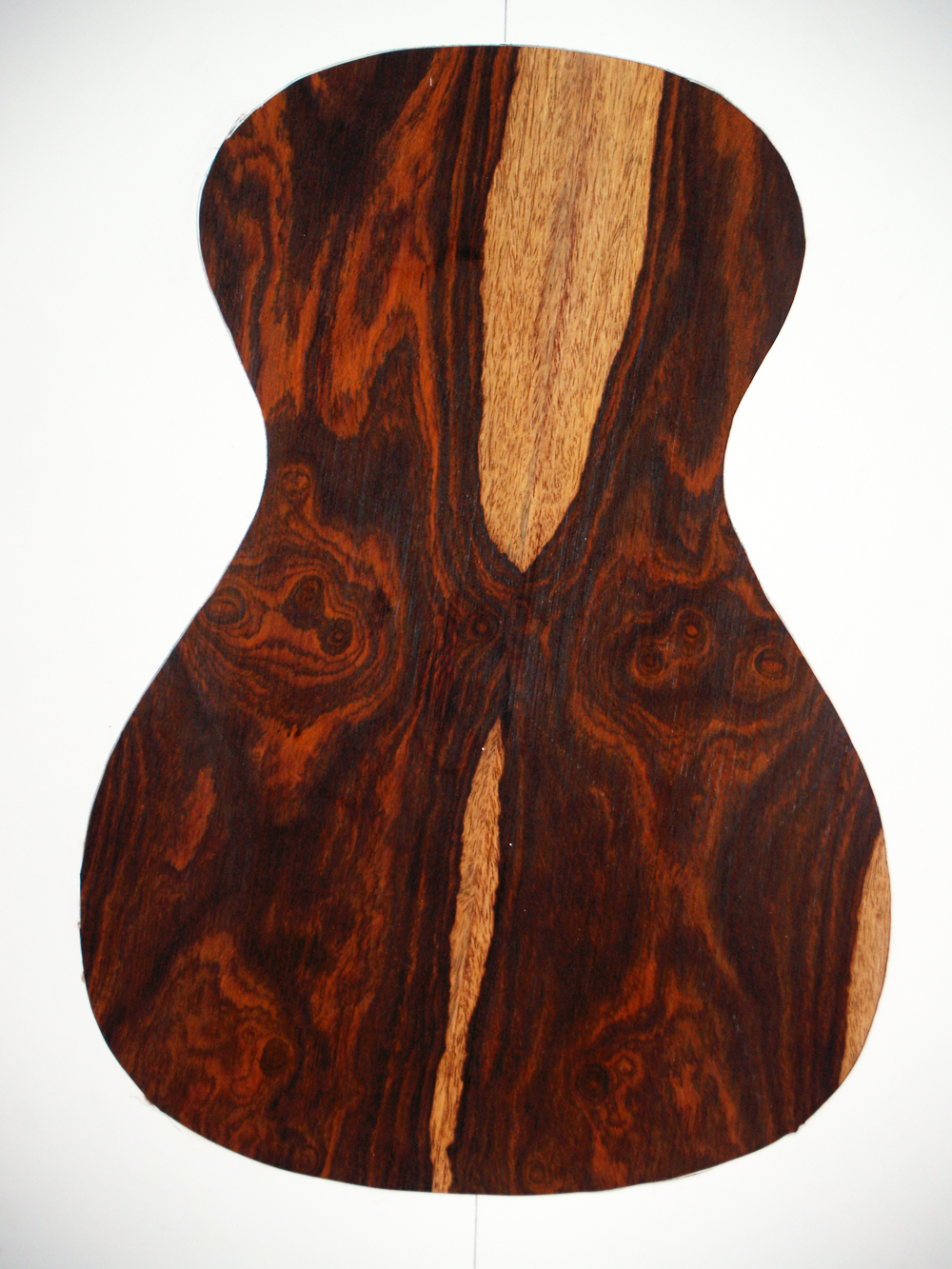 ( 26 )
( 26 ) 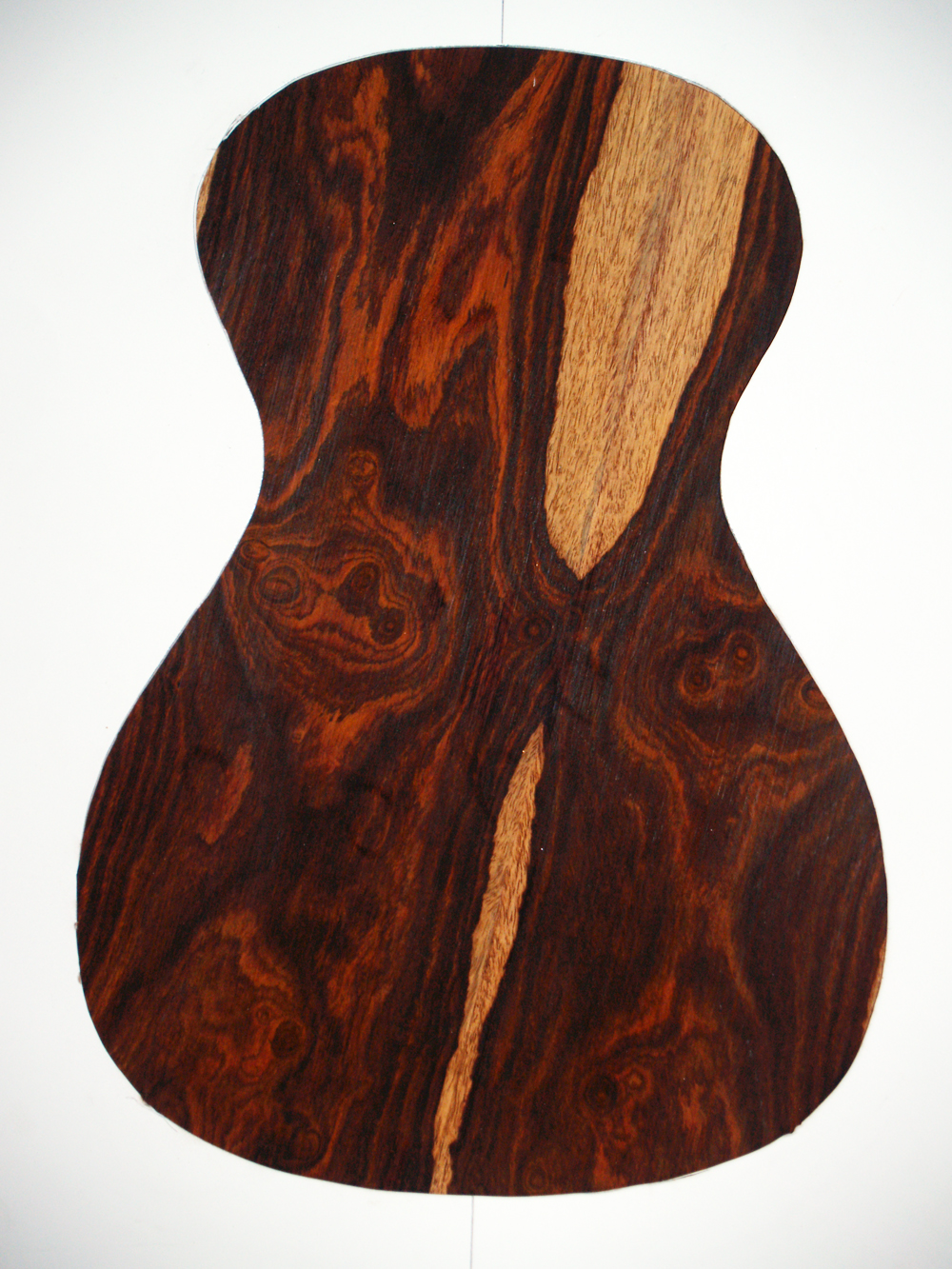 ( 27 )
( 27 ) 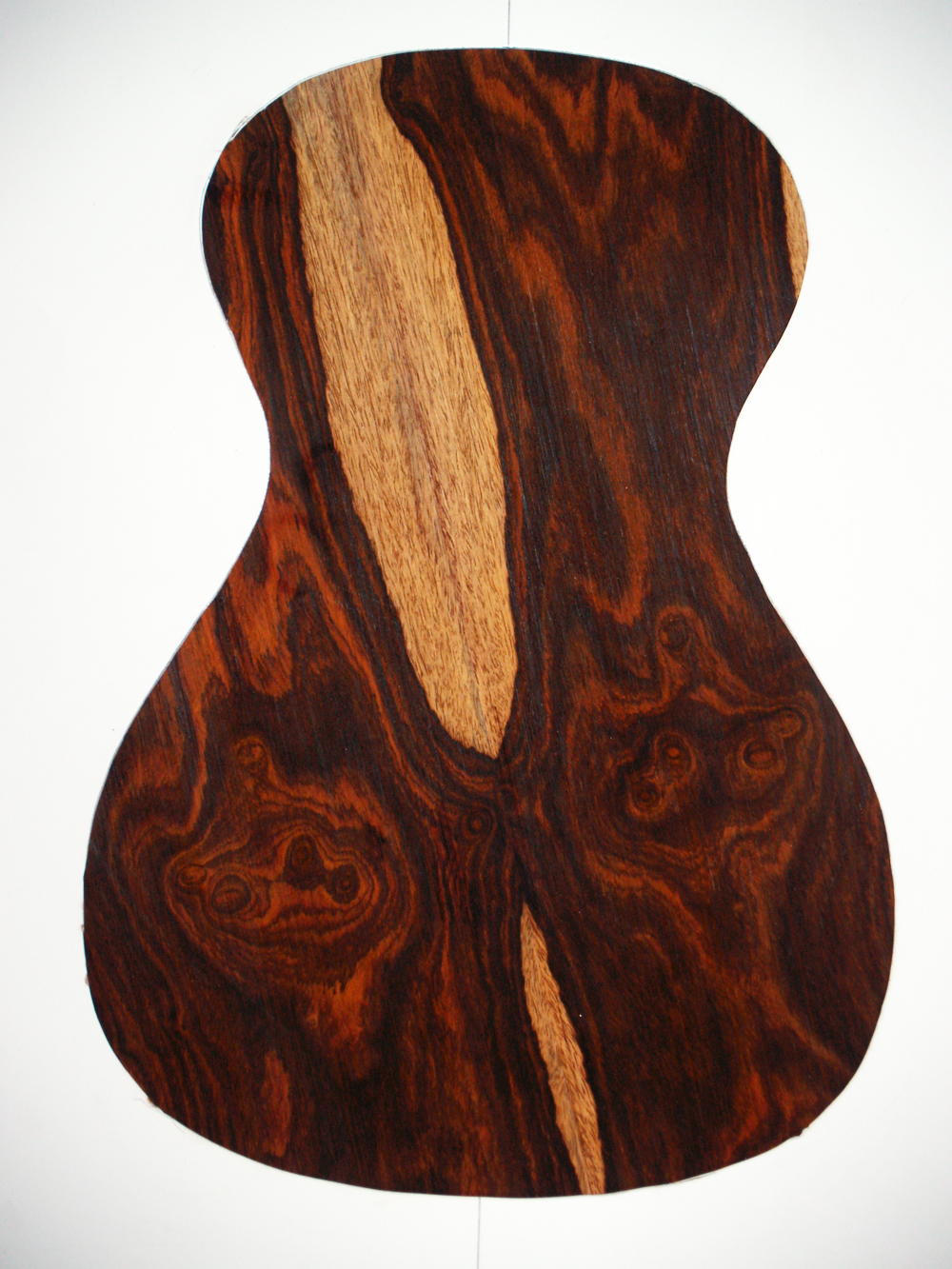 ( 28 )
( 28 ) 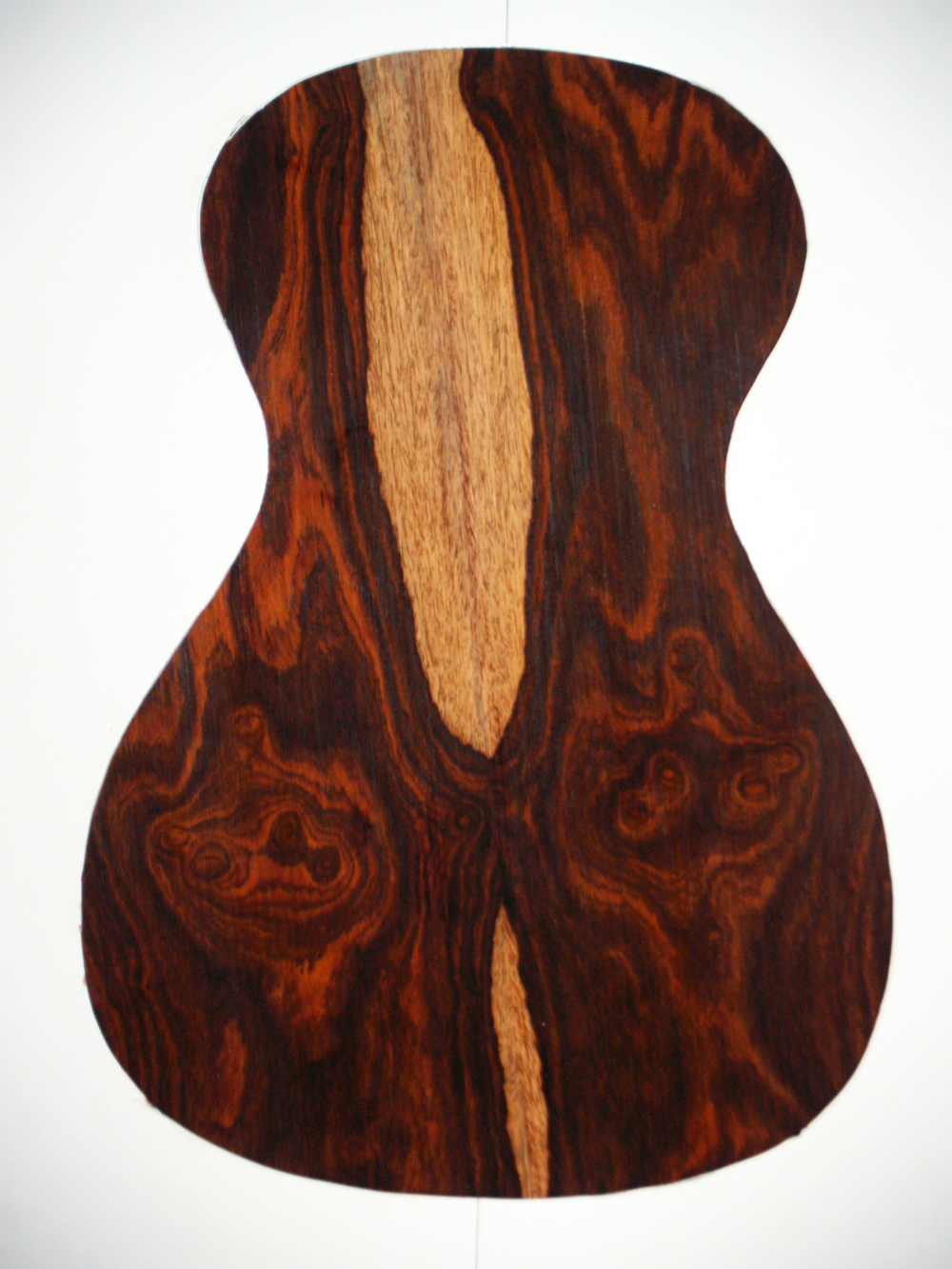 ( 29 )
( 29 ) 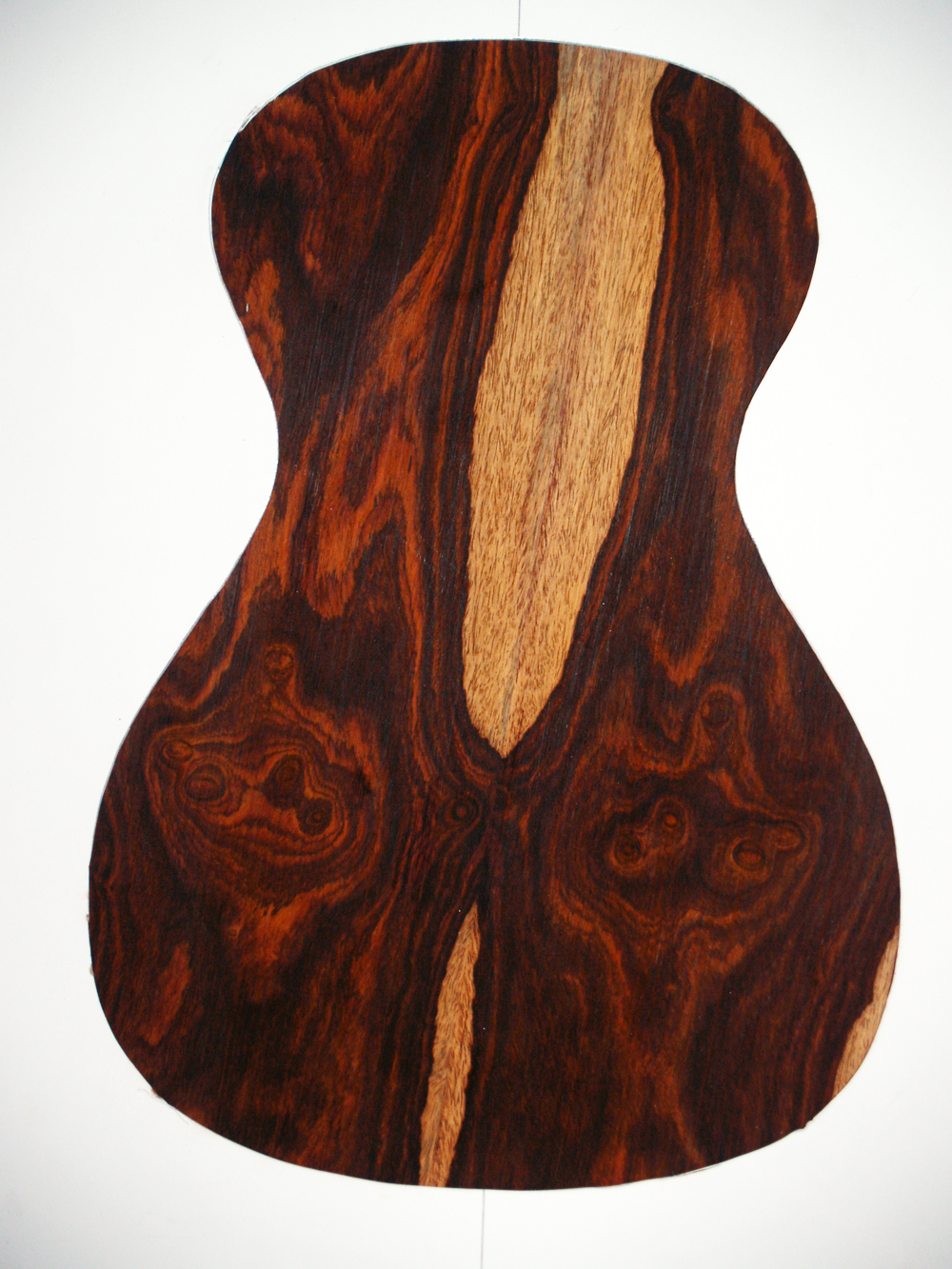
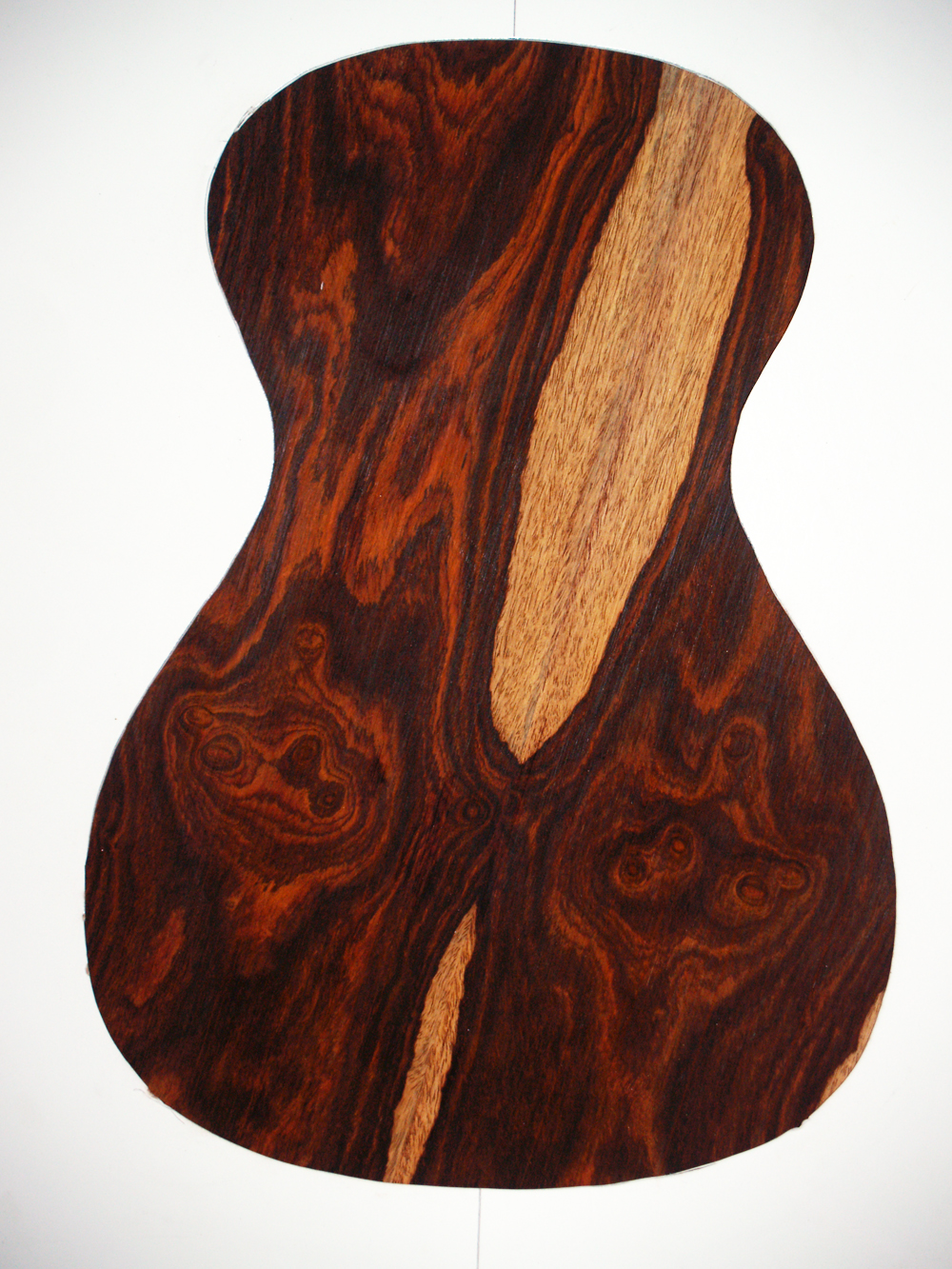 ( 31 )
( 31 )